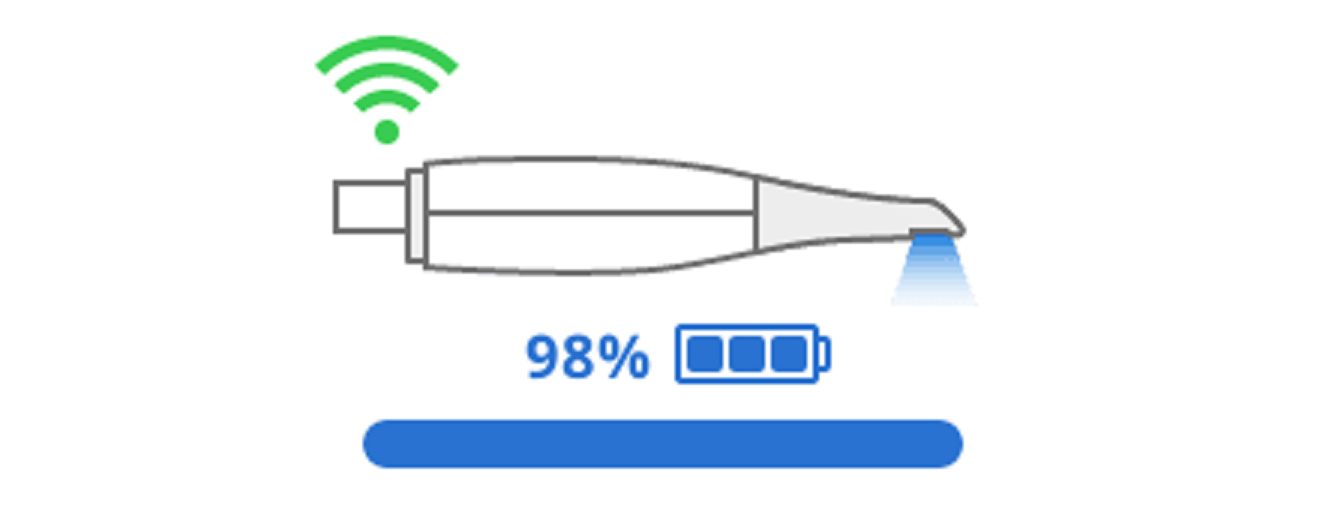
In April of 2022, Medit launched its wireless version of the i700 intra-oral scanner. We’ve been testing it ever since and are impressed with the range that it has. You want to be within 10 meters but more importantly you want to have clear line of site from the scanner to the hub. Much like anything else that is wireless, the further you are from the receiver the more difficult it is to maintain connection. In this video we demonstrate the distance at which you can maintain good connectivity.
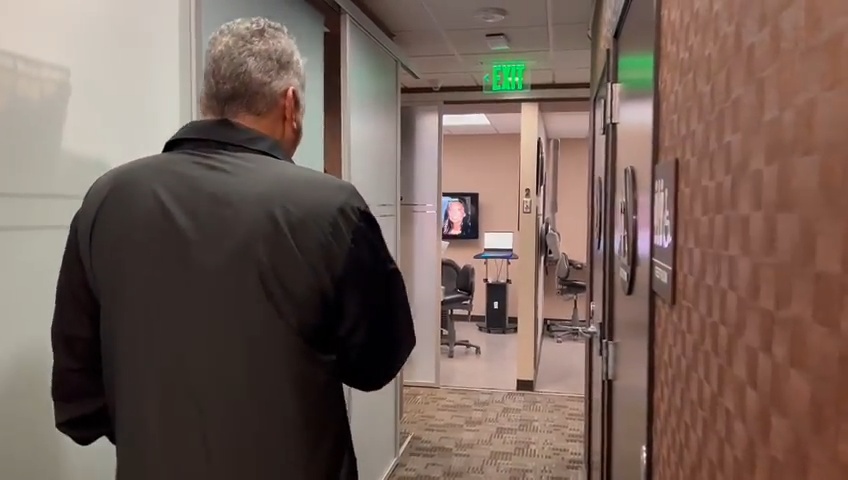
After connectivity we tested its ergonomics. Some users get frustrated with tangled cords that are teathered to the laptop computer. This is a great solution and there is not much weight added to the device making it very easy to handle
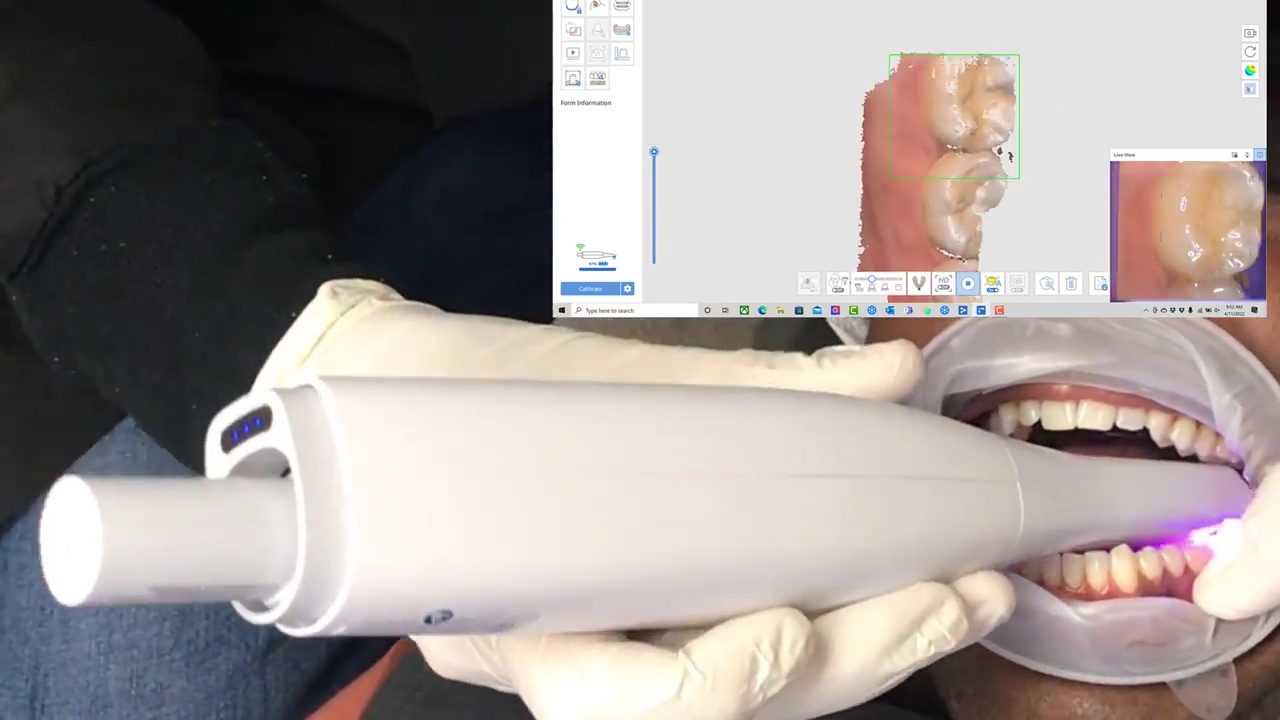
In this video we show the layout of the battery pack, the scanner, and the dimensions of the battery pack. It is very easy to remove them and swap them with fully charged nodes.
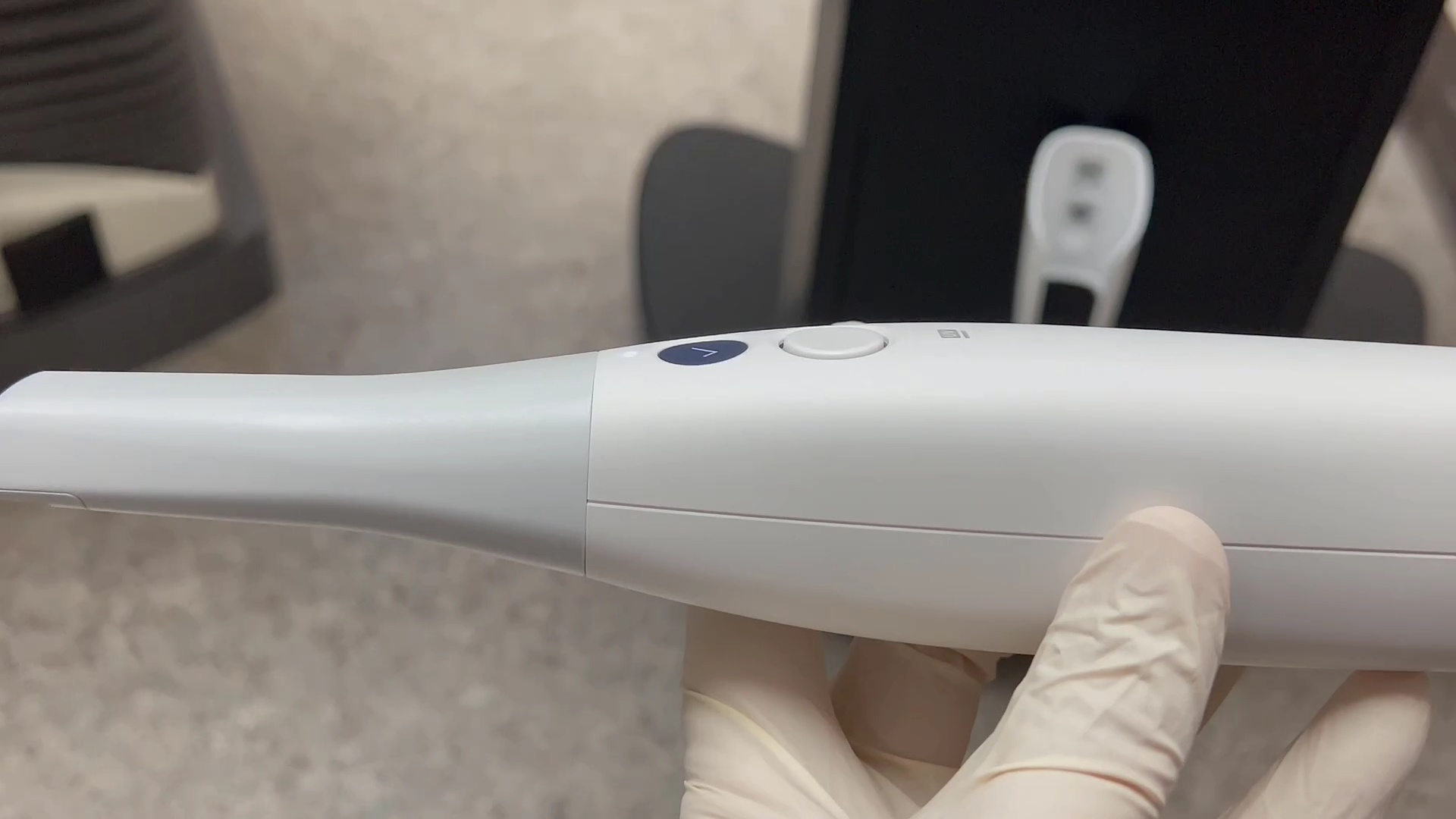
In this video we had the chance to scan a full set of upper and lower temporaries. You can see all the great features of the scanner in action where we capture the maxilla and mandible in little time.


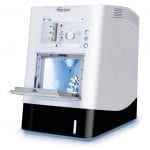

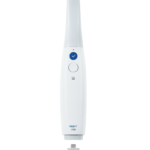

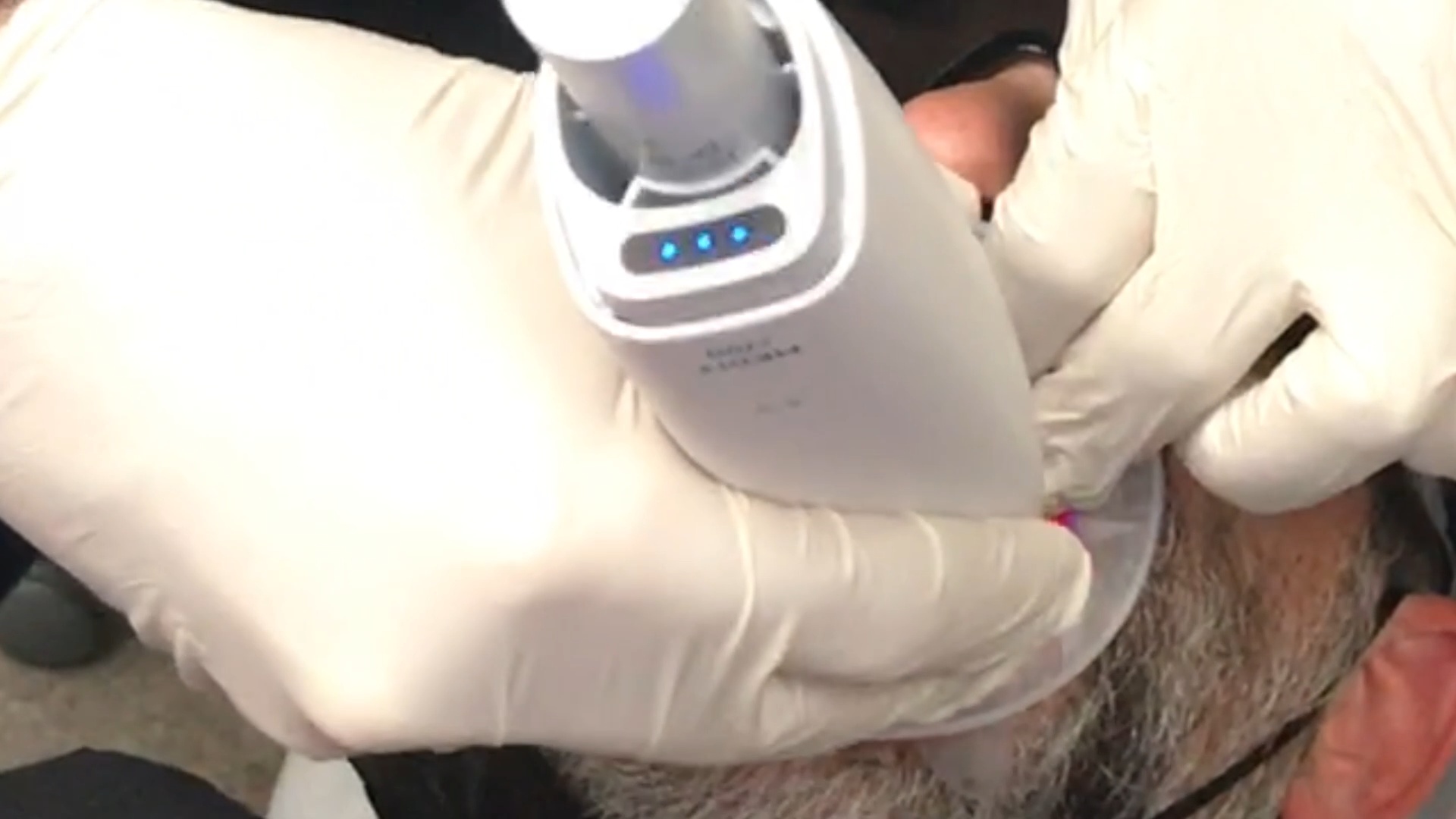
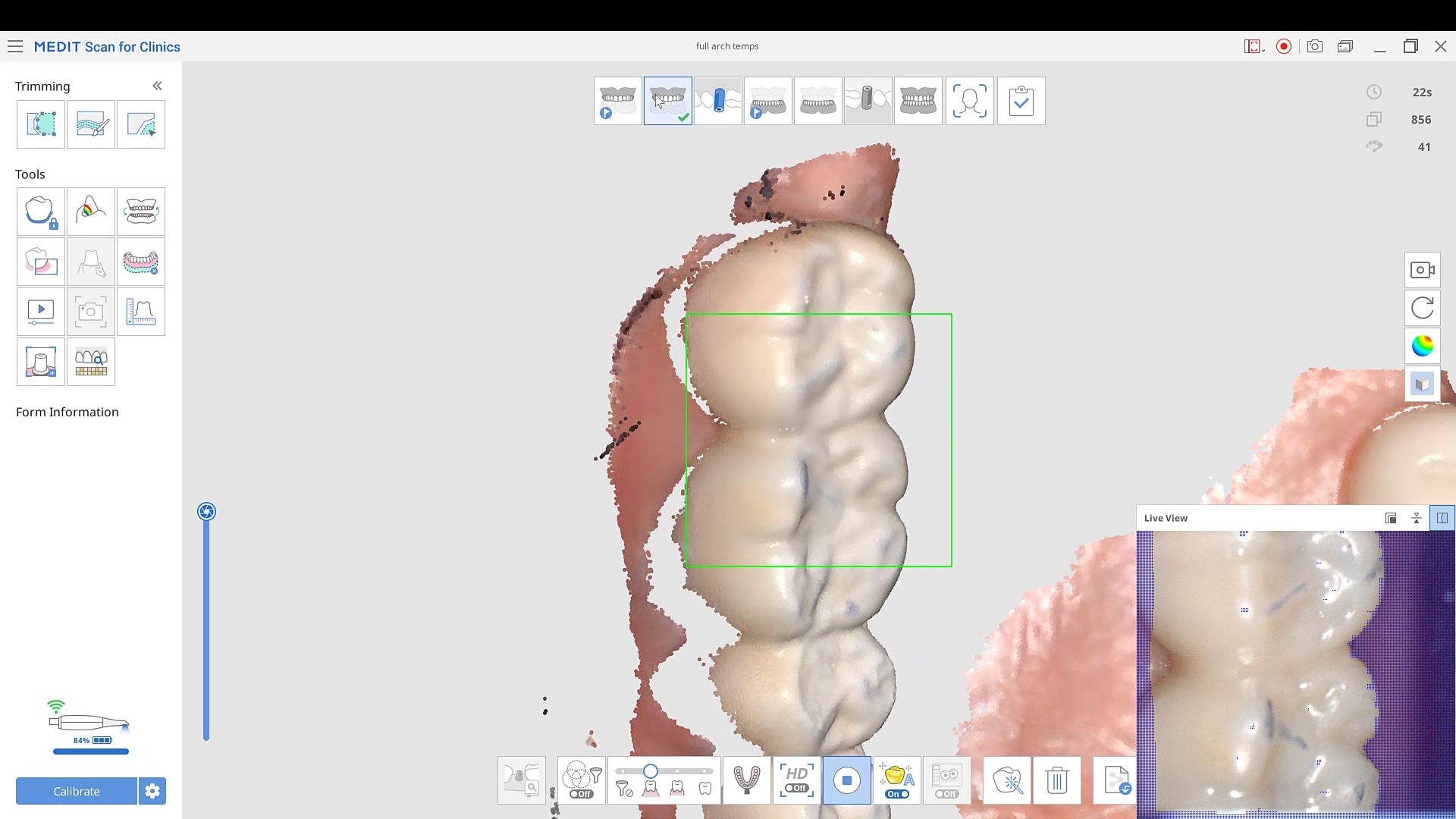

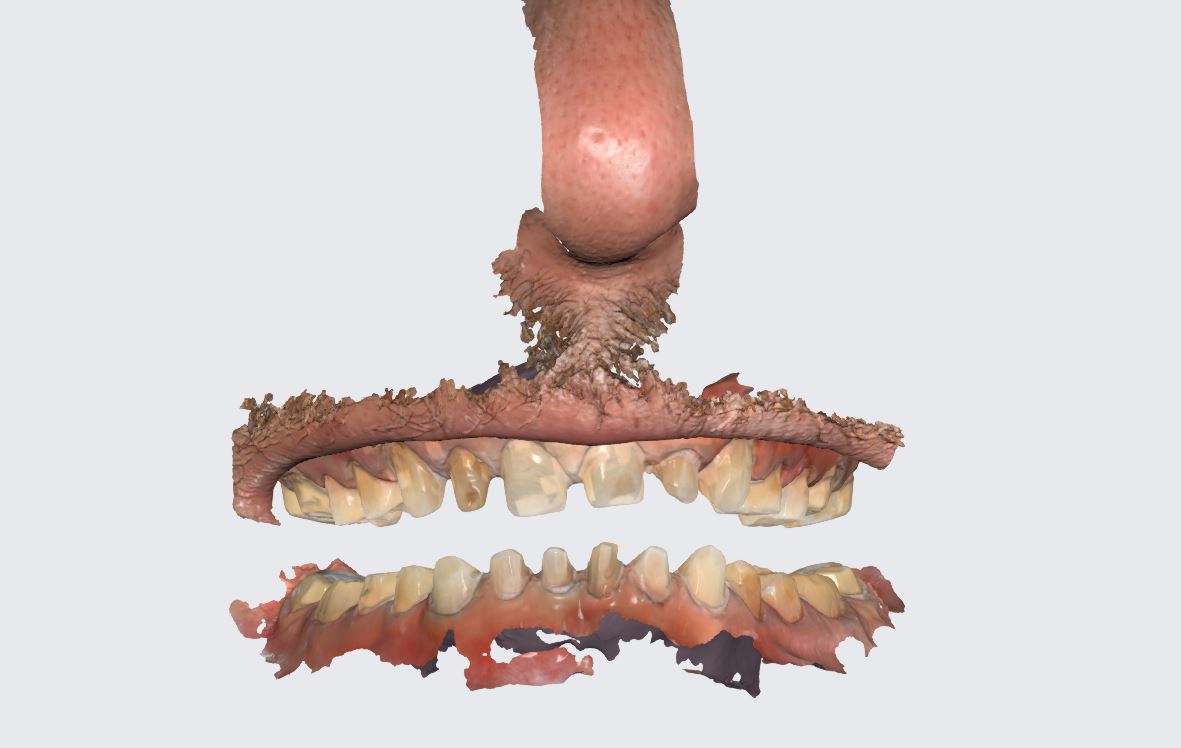 the patient was sedated and intubated for the case so we could not keep track of the bite. Instead, we imaged all 30 prepared teeth and used medit compare / design to digitally mount them to the wax ups. In the link provided you can download the models and relate them to each other […]
the patient was sedated and intubated for the case so we could not keep track of the bite. Instead, we imaged all 30 prepared teeth and used medit compare / design to digitally mount them to the wax ups. In the link provided you can download the models and relate them to each other […] 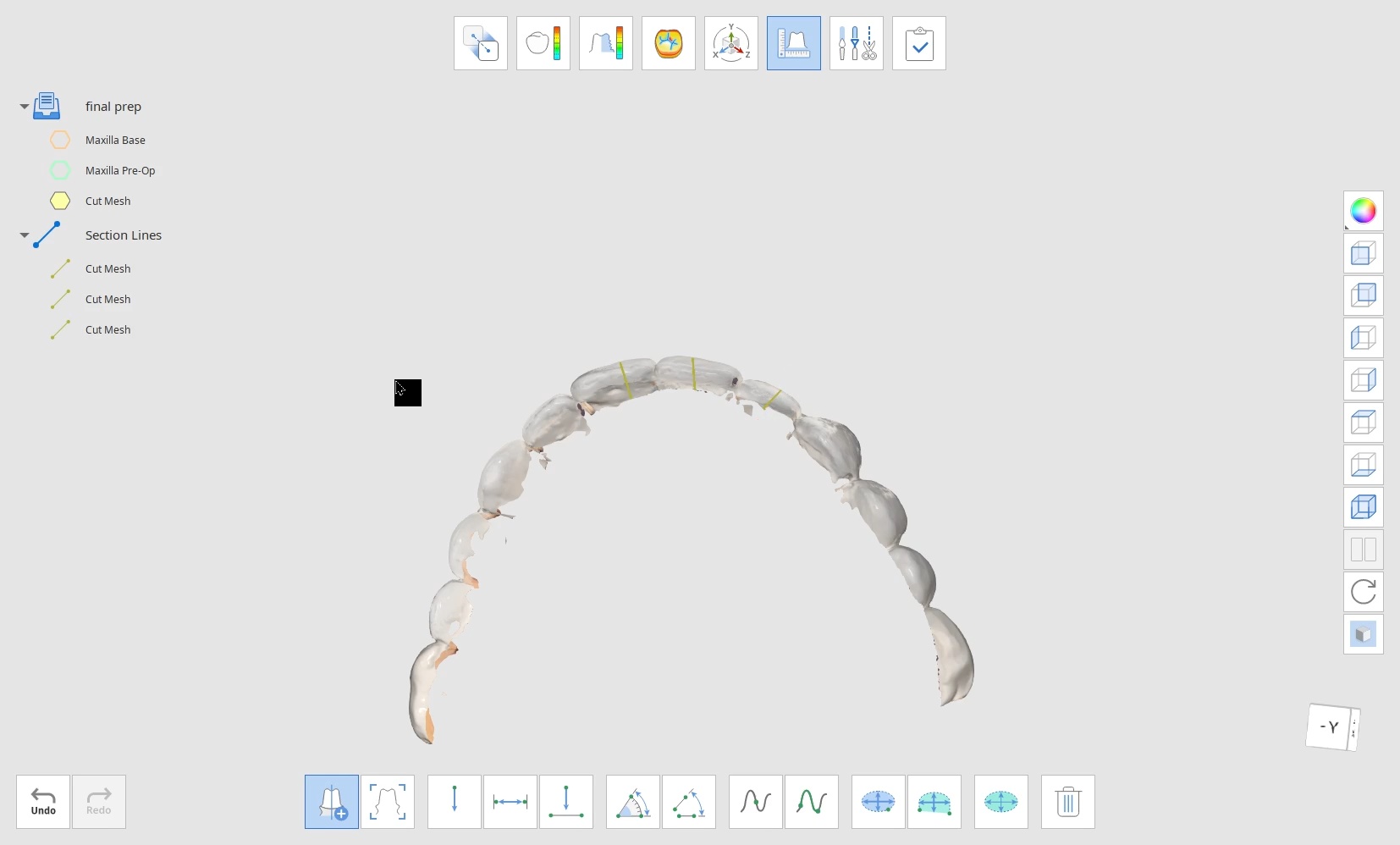
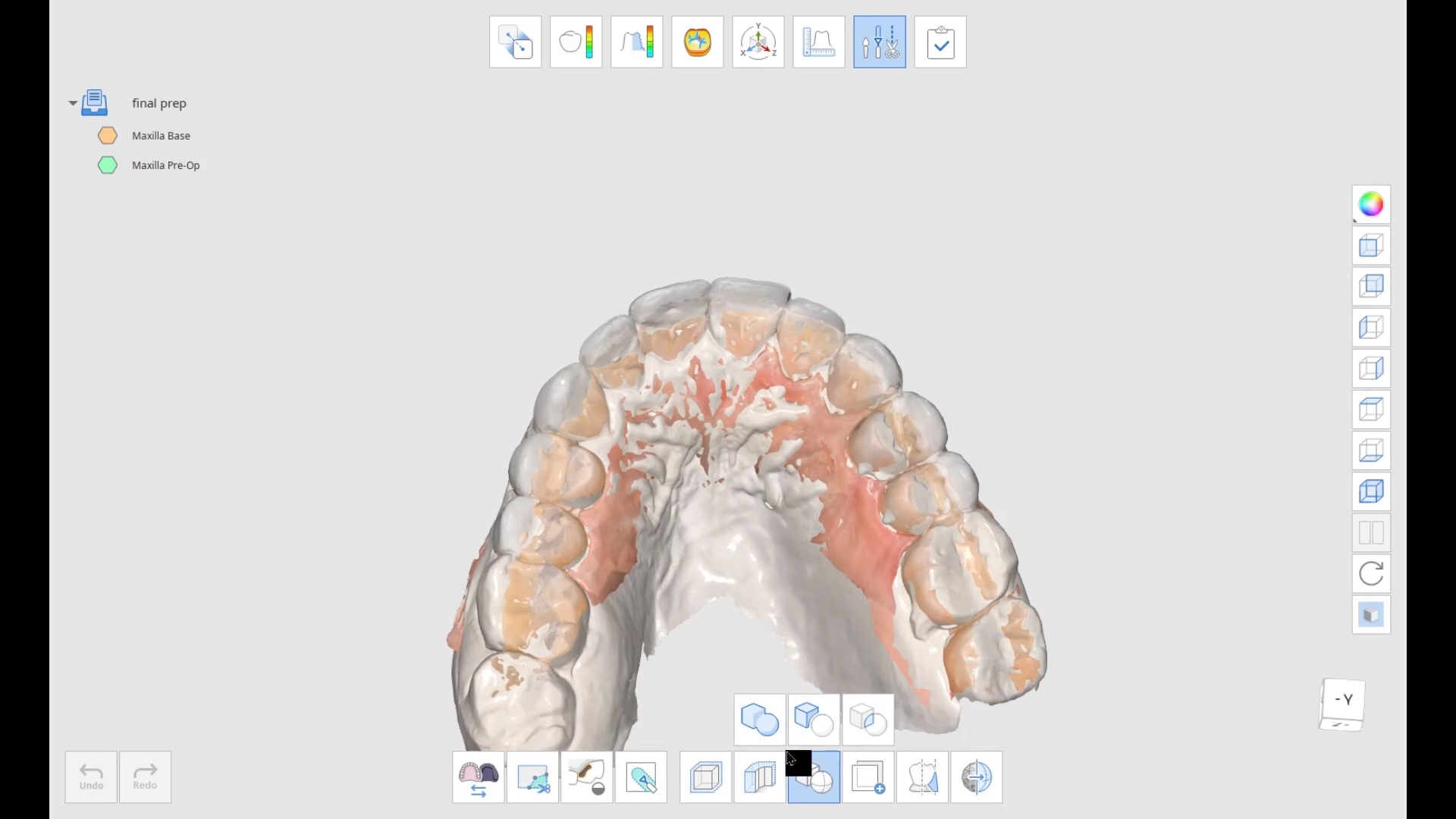
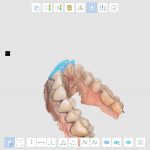

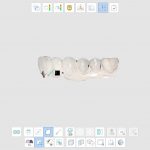
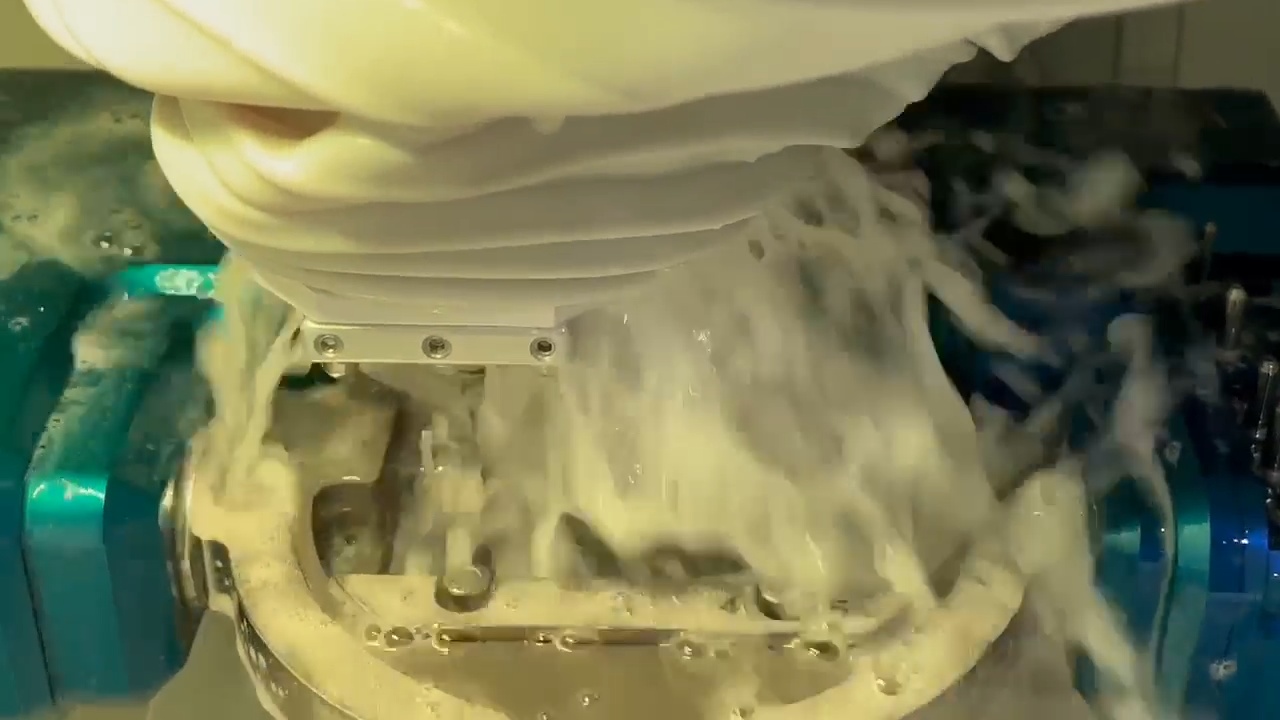
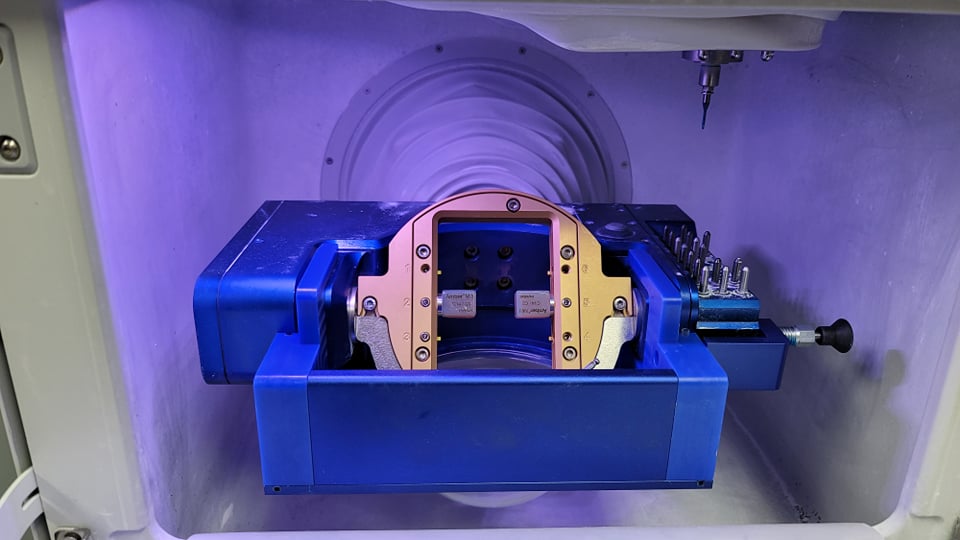
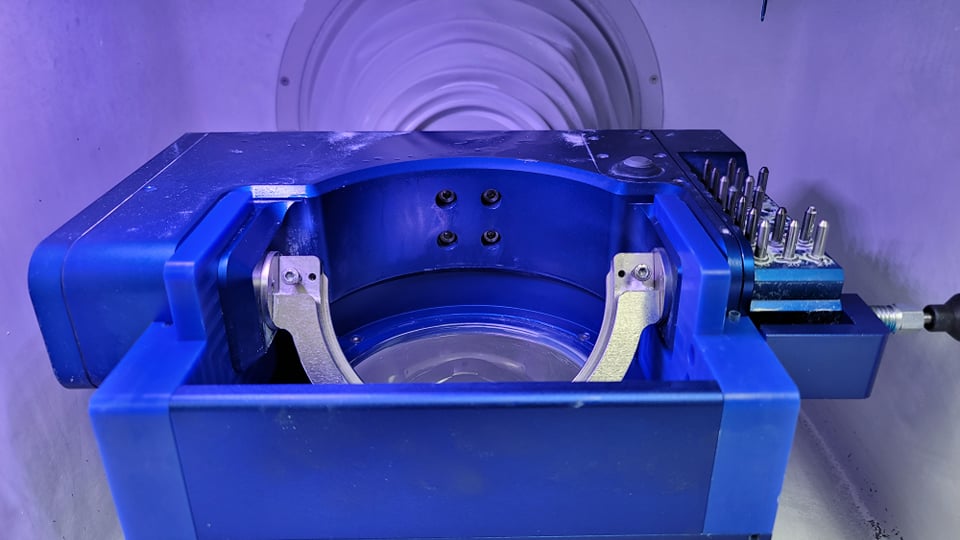
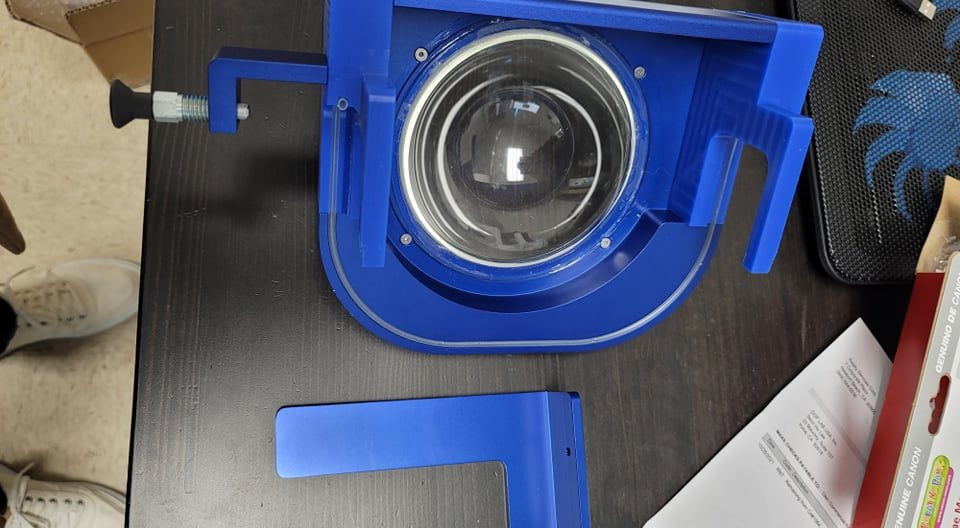
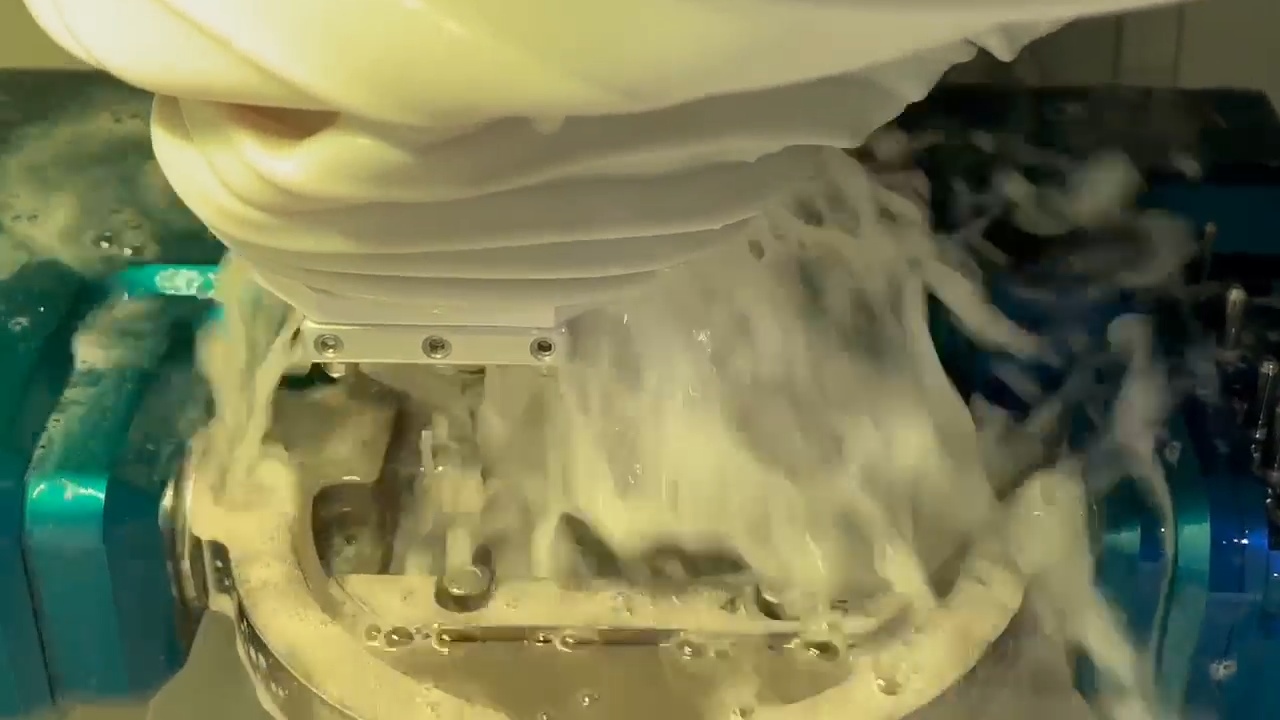
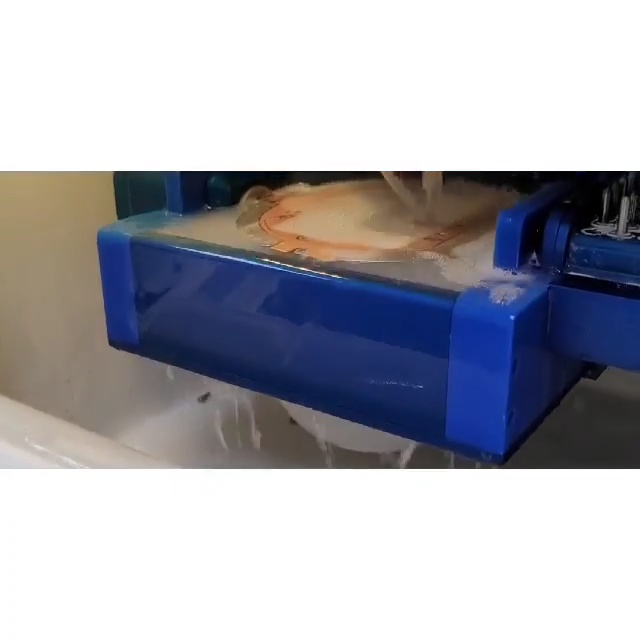
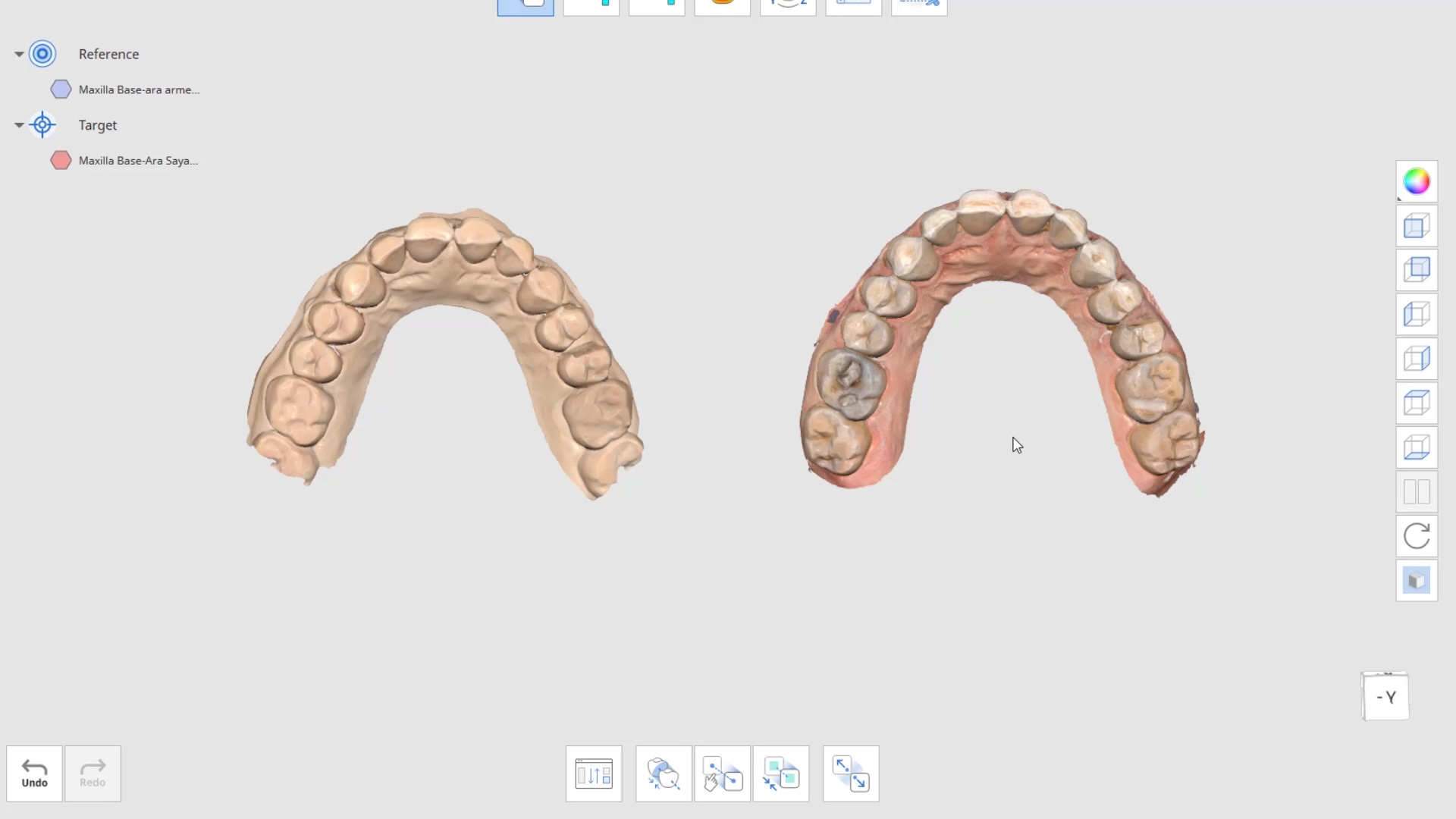

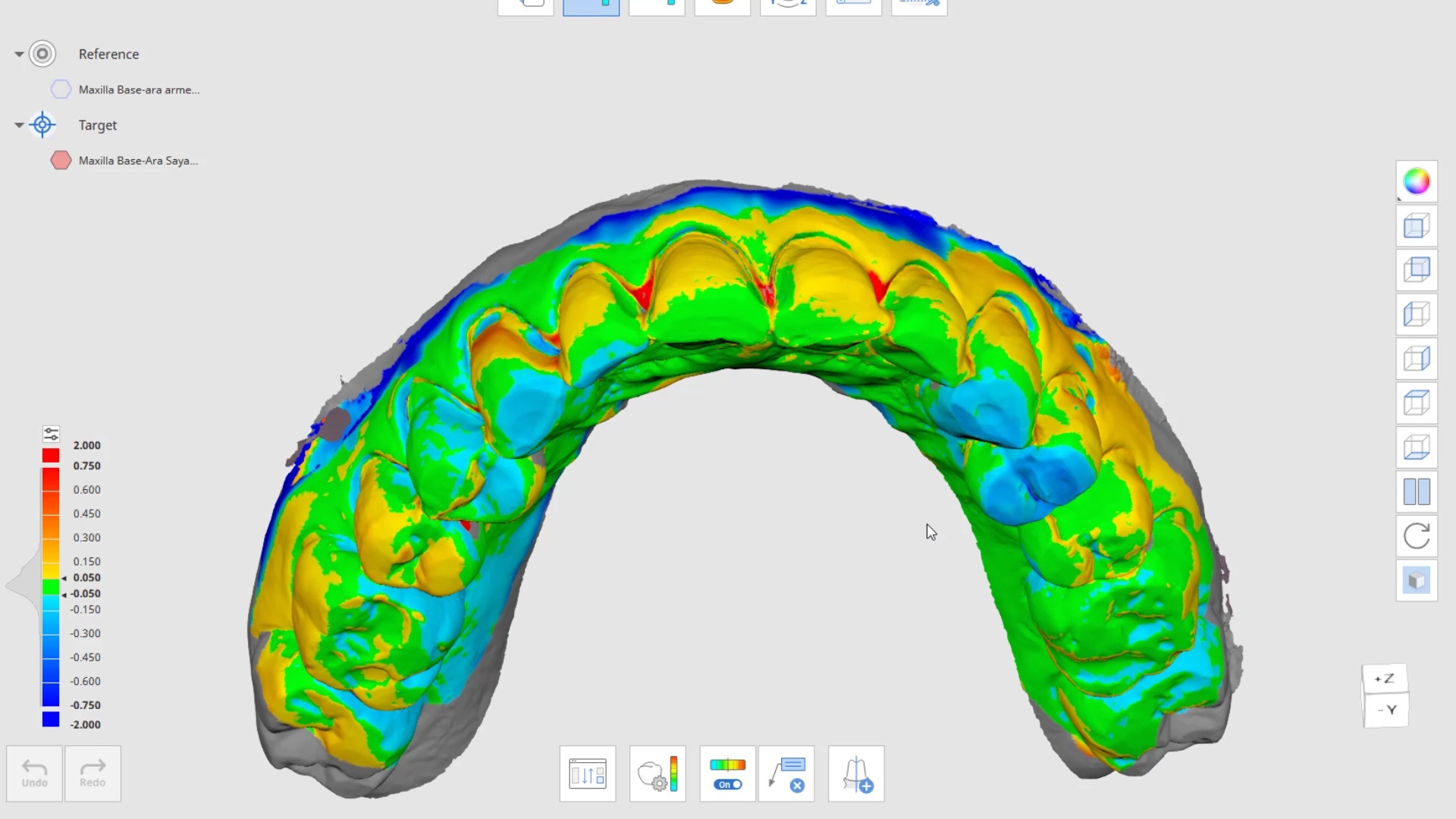
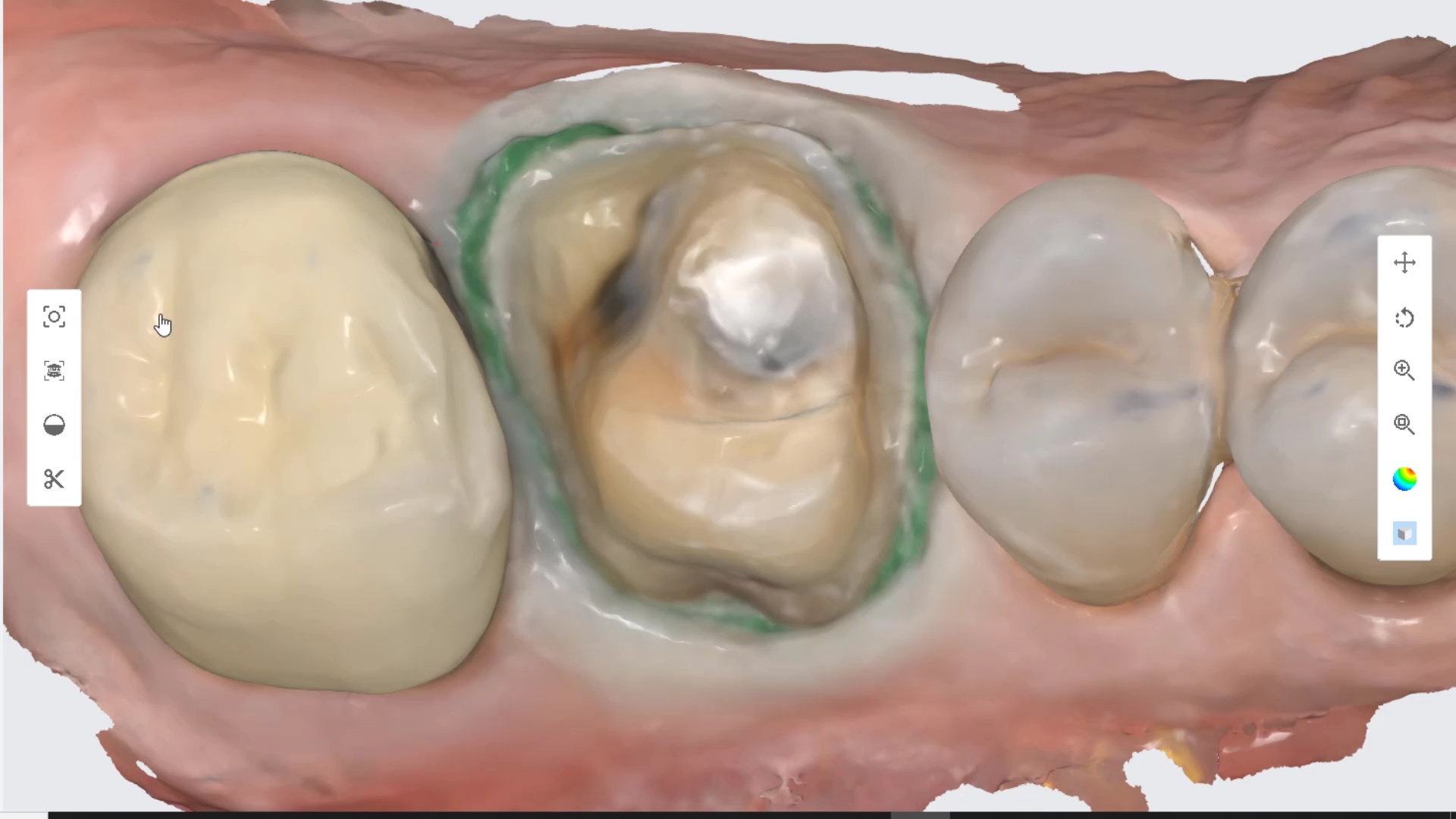
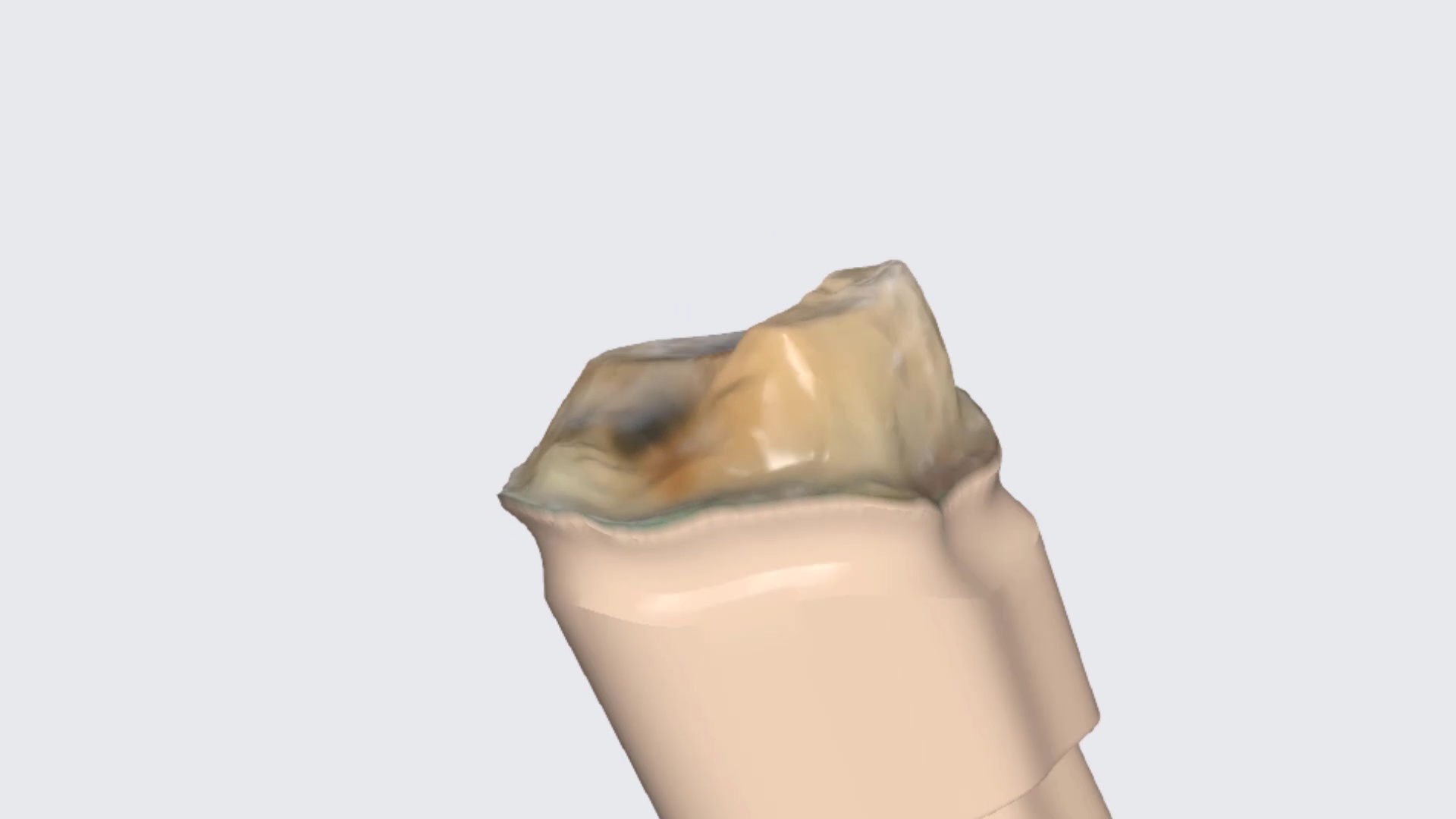

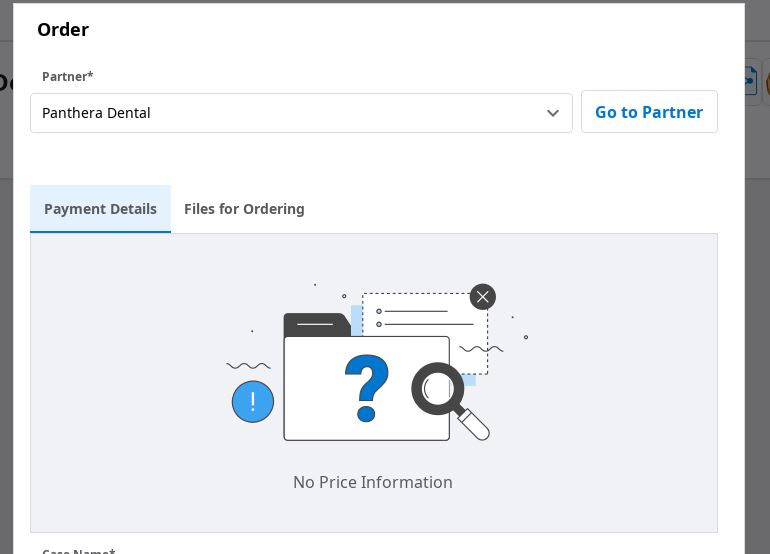
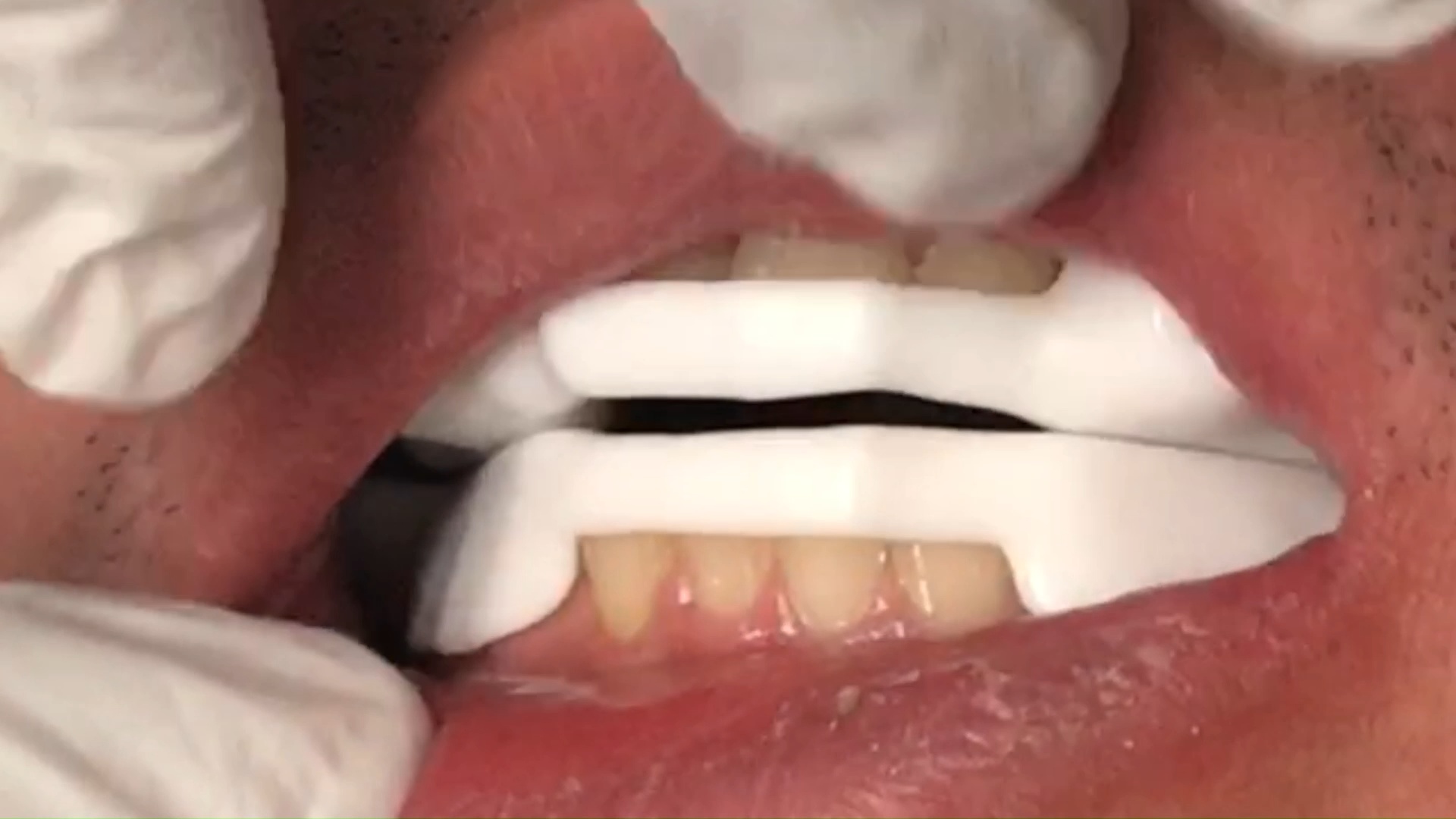
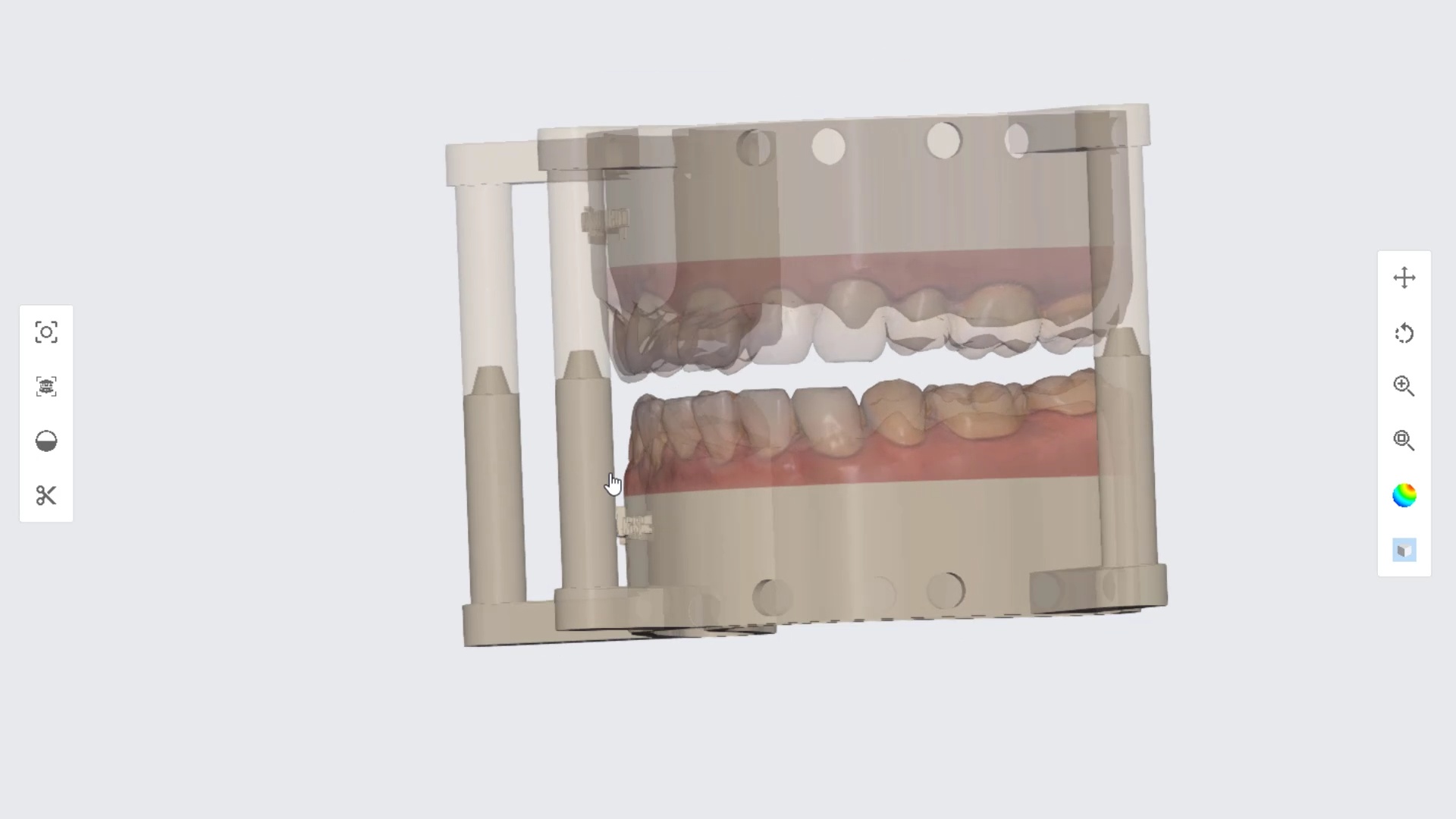
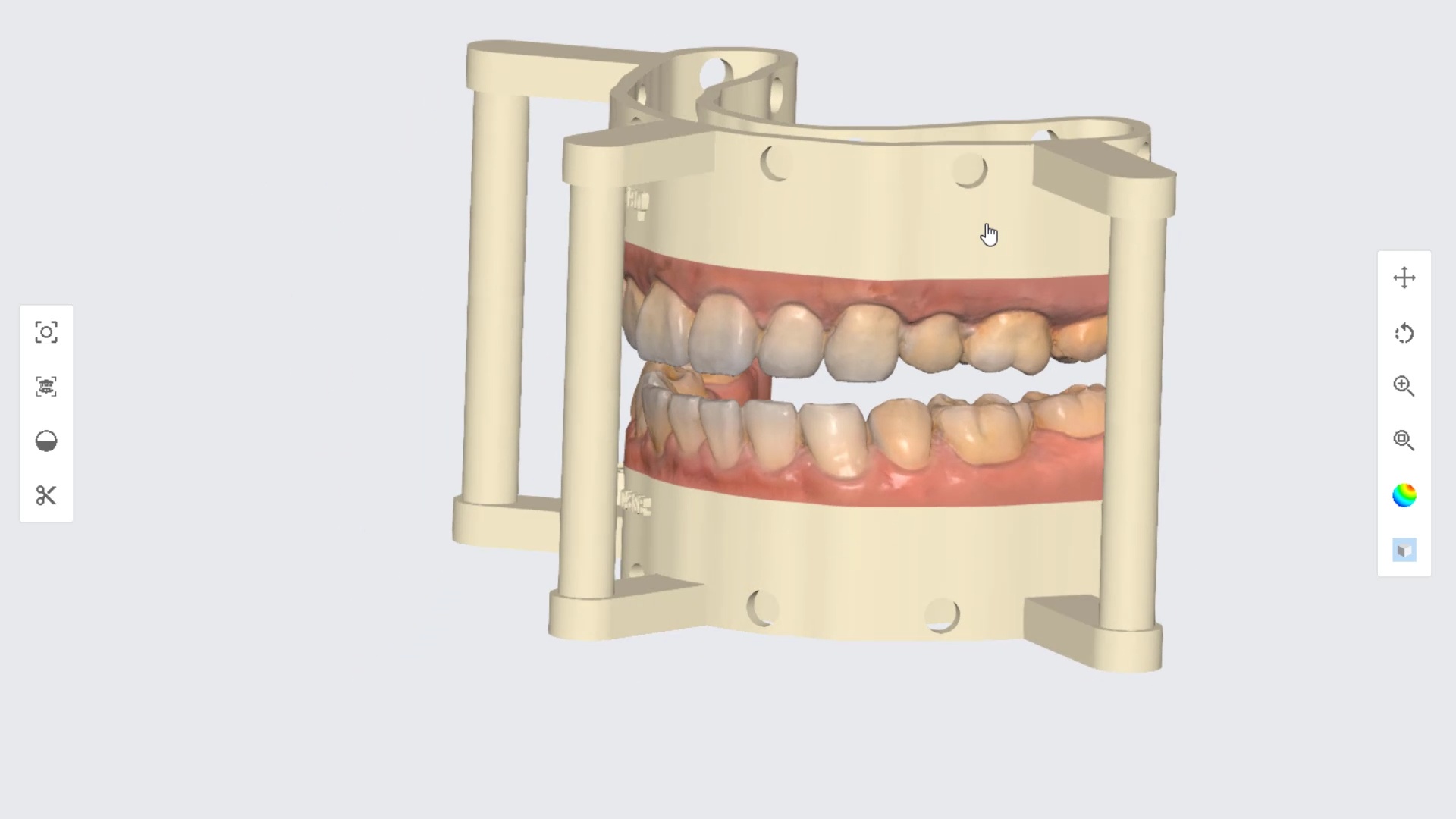
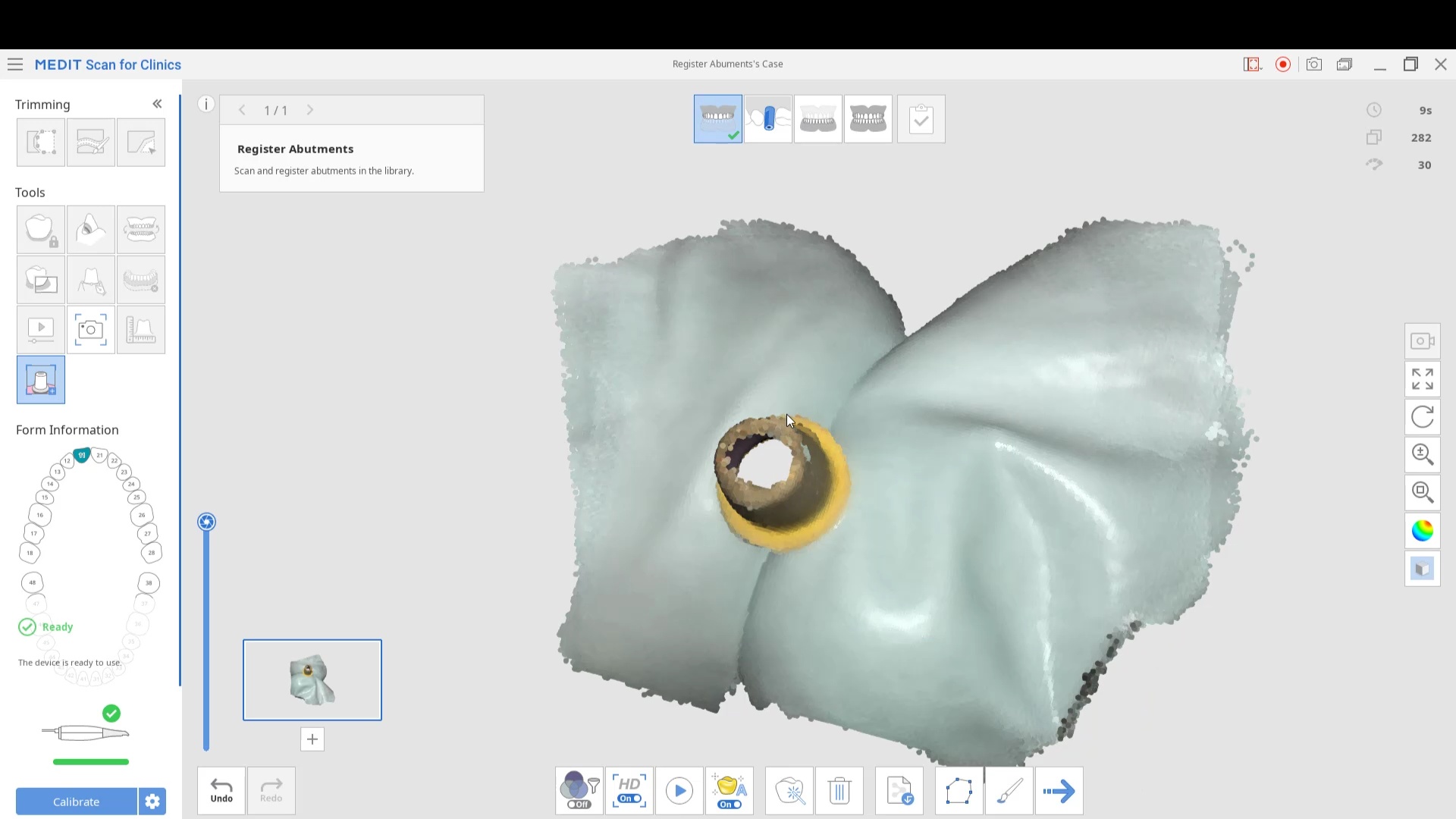
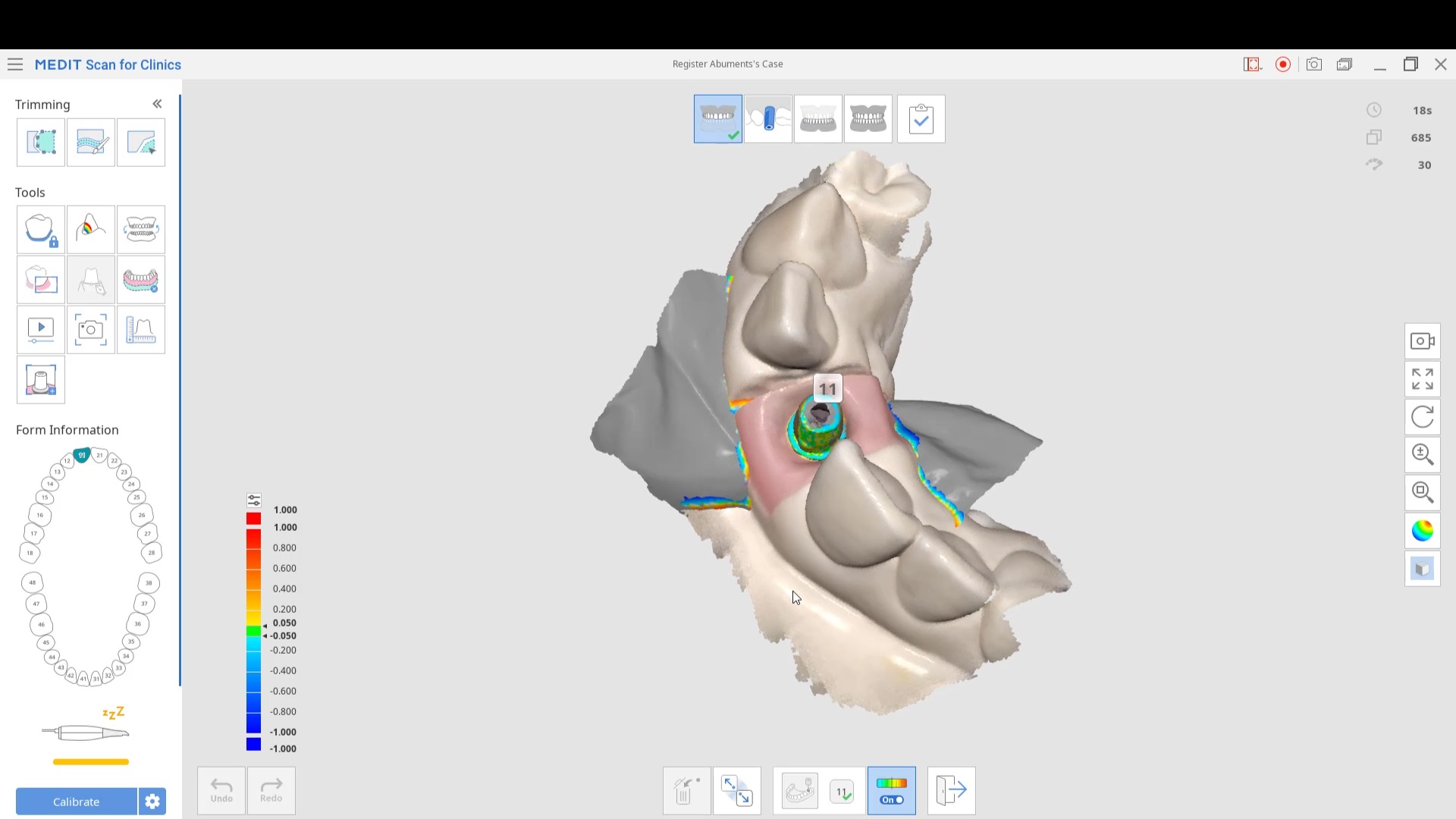

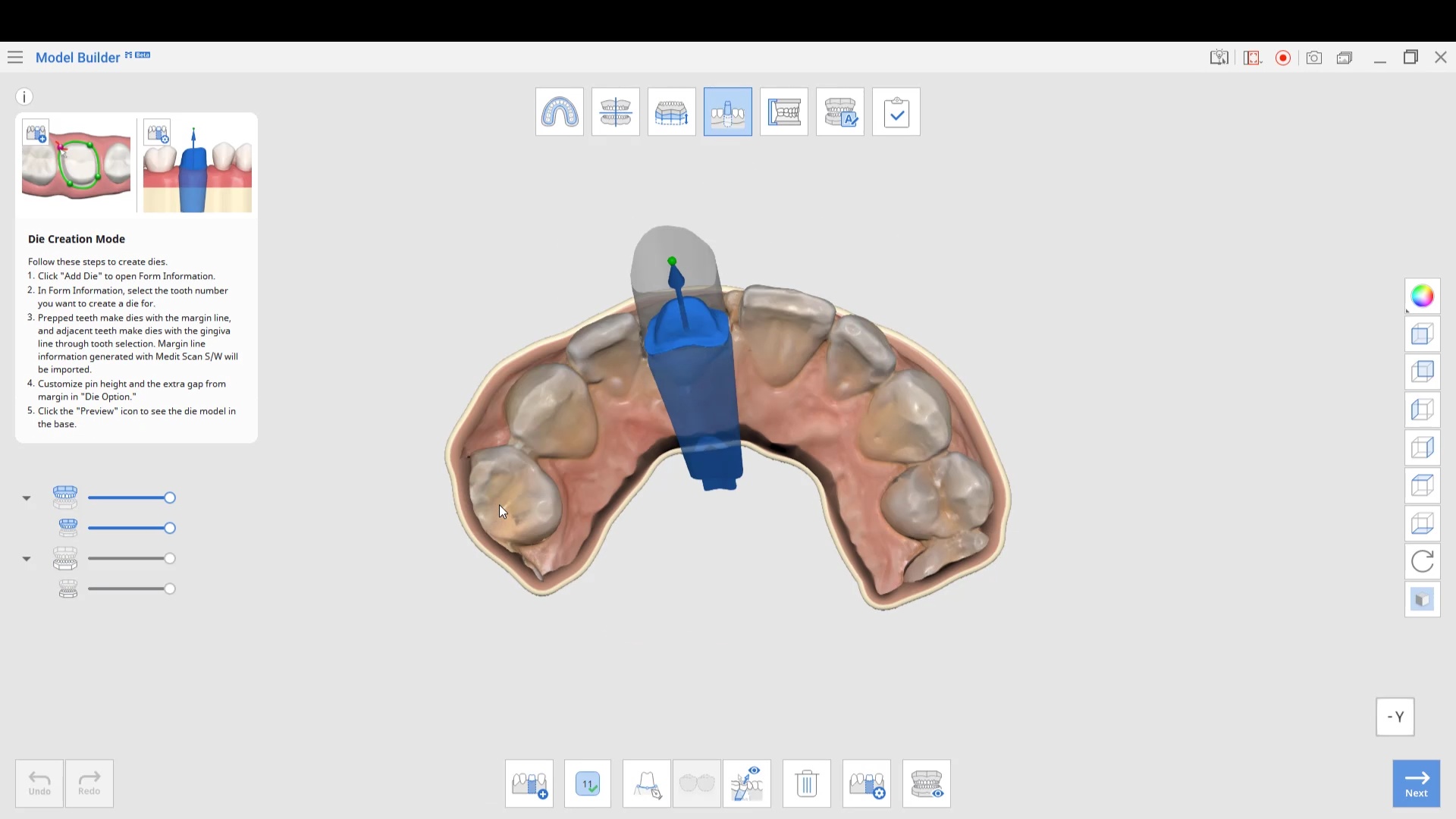
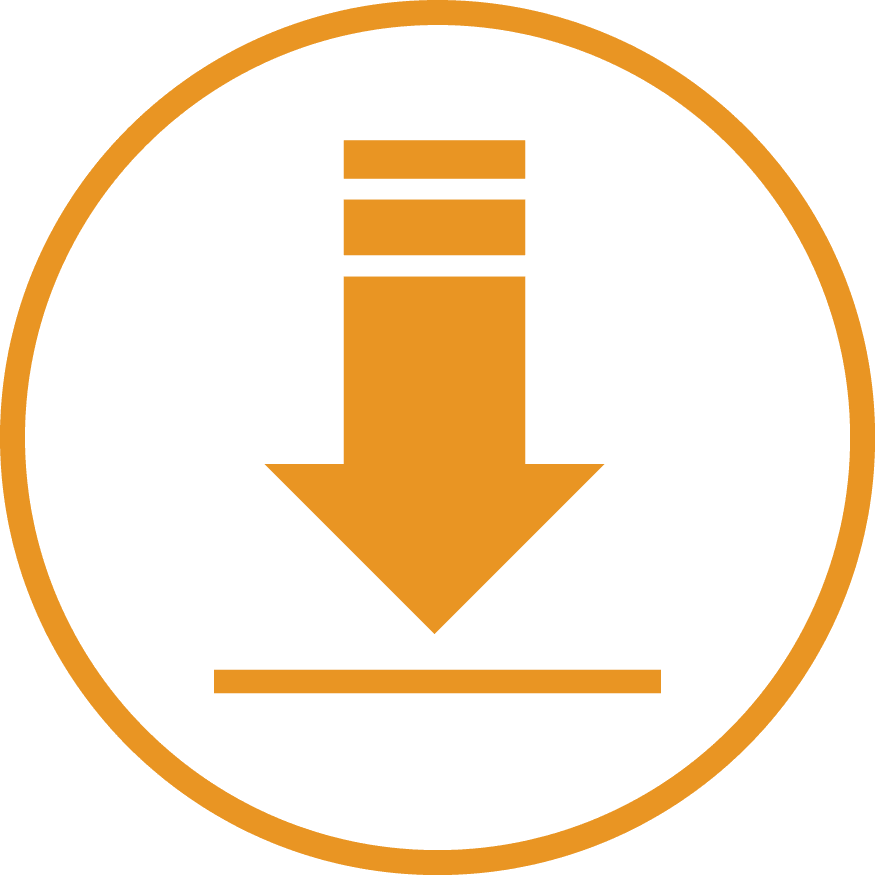
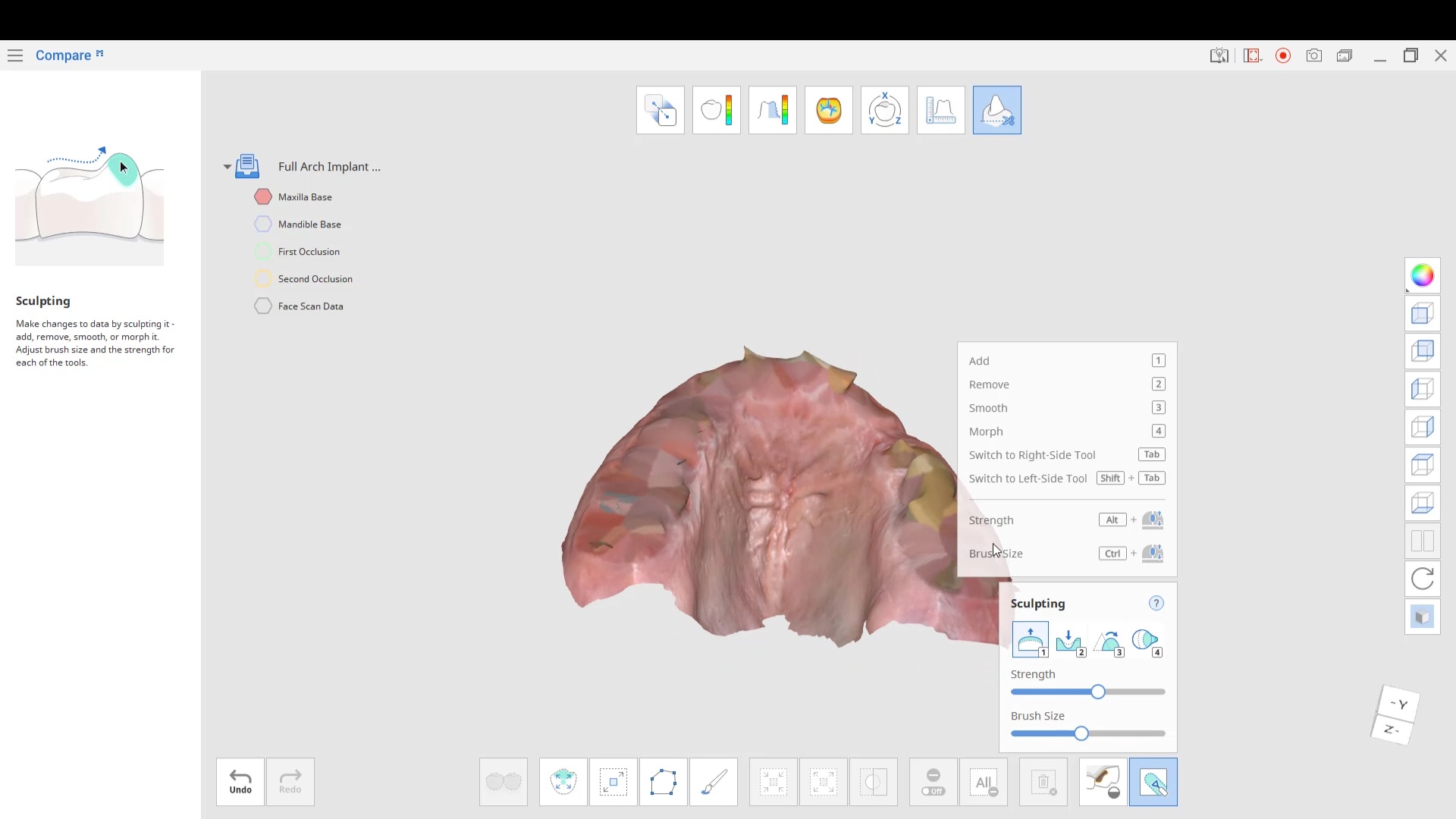
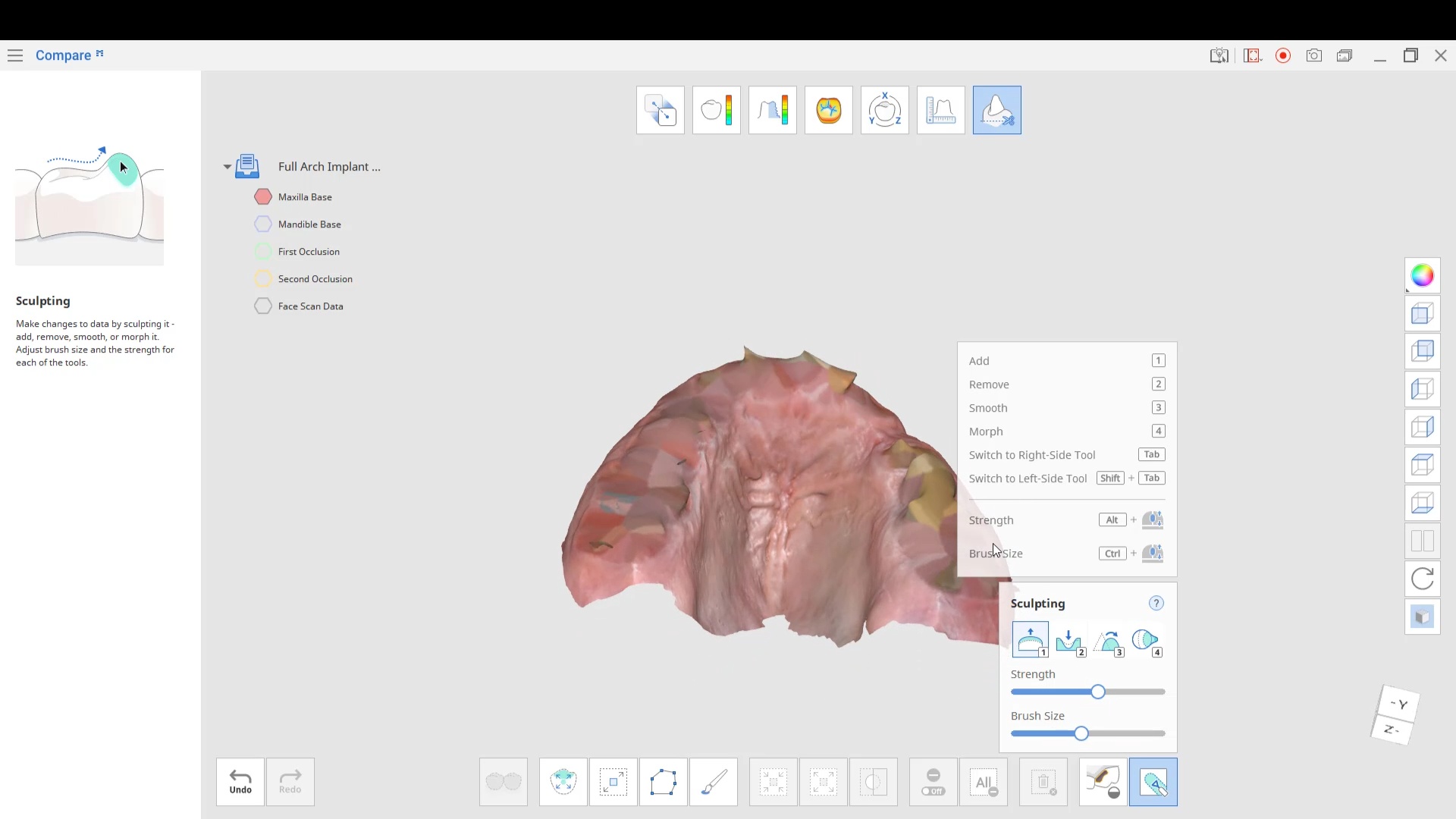

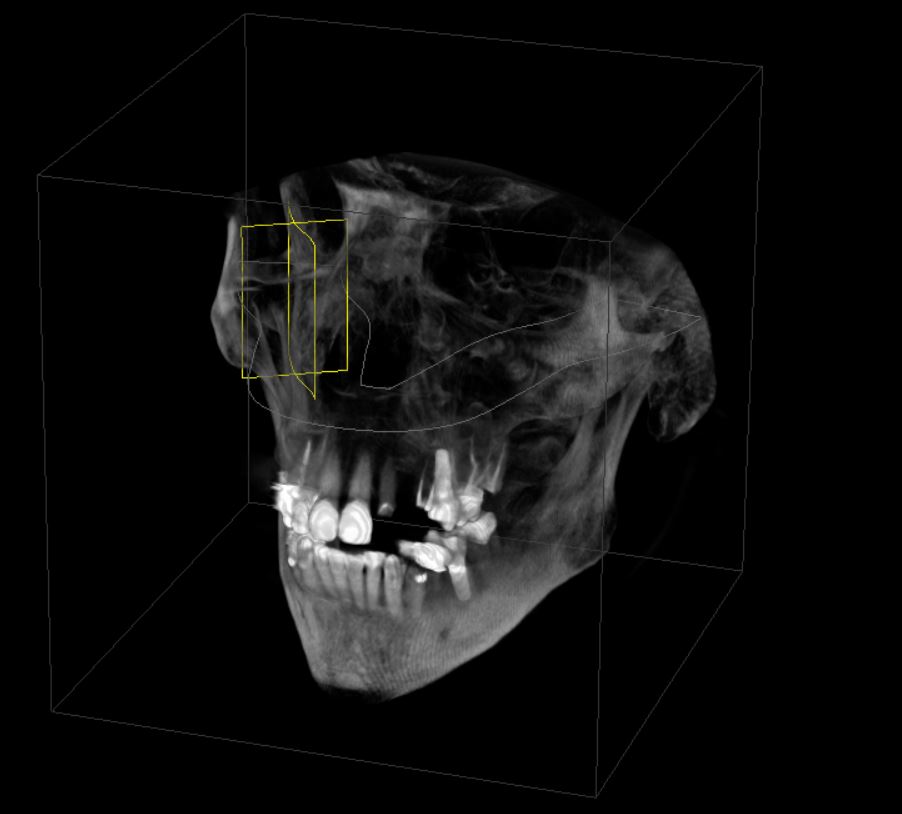
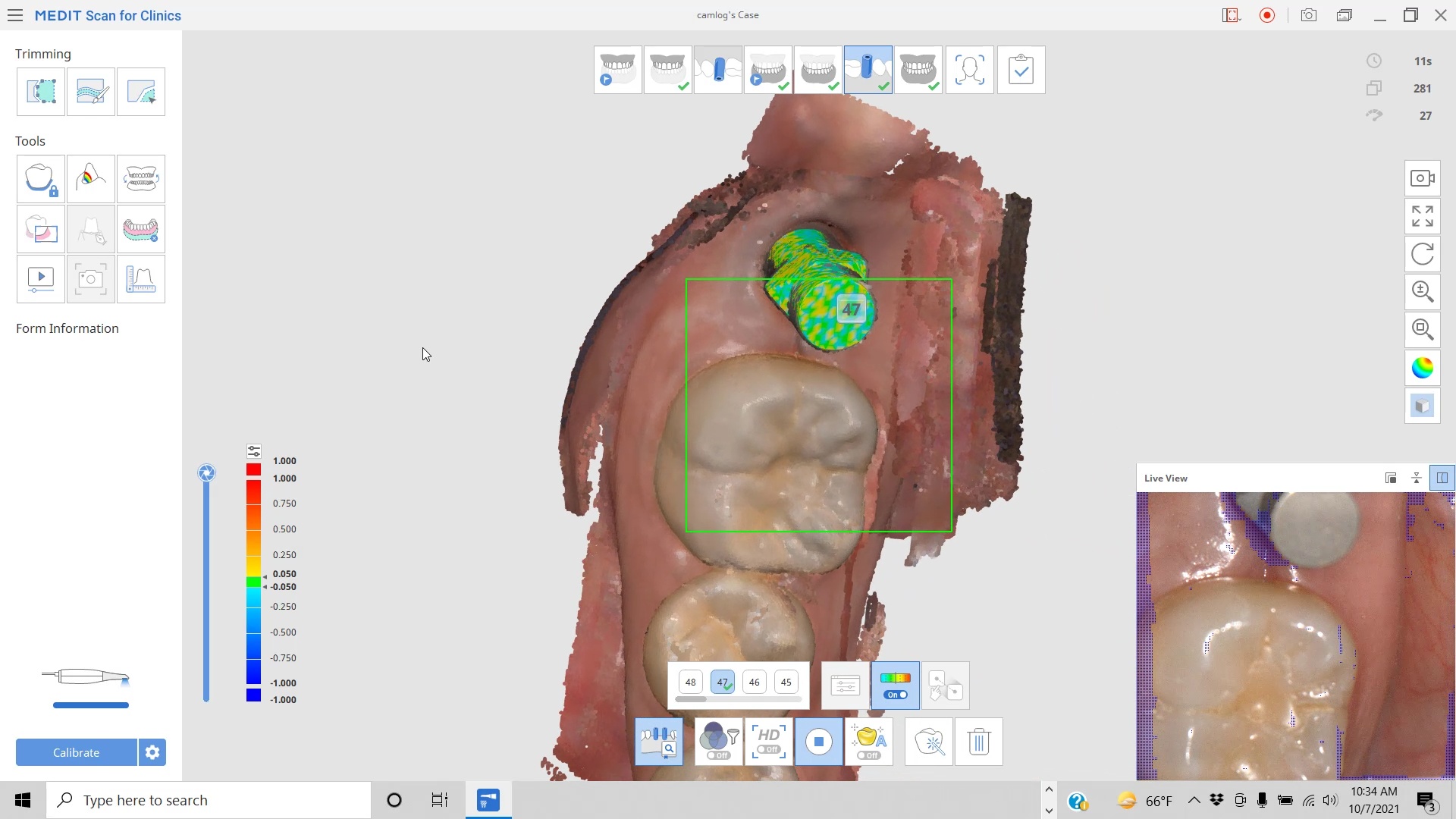



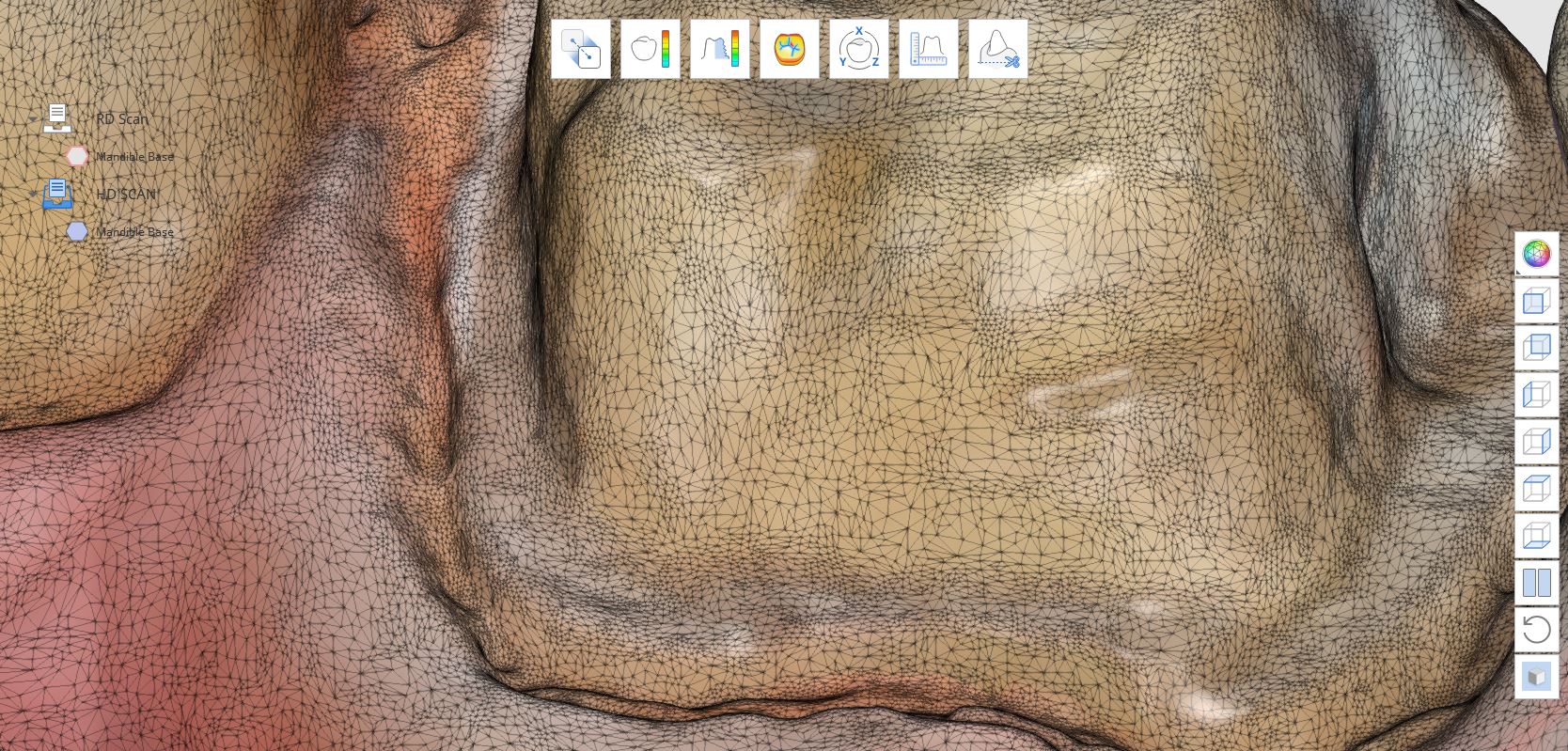
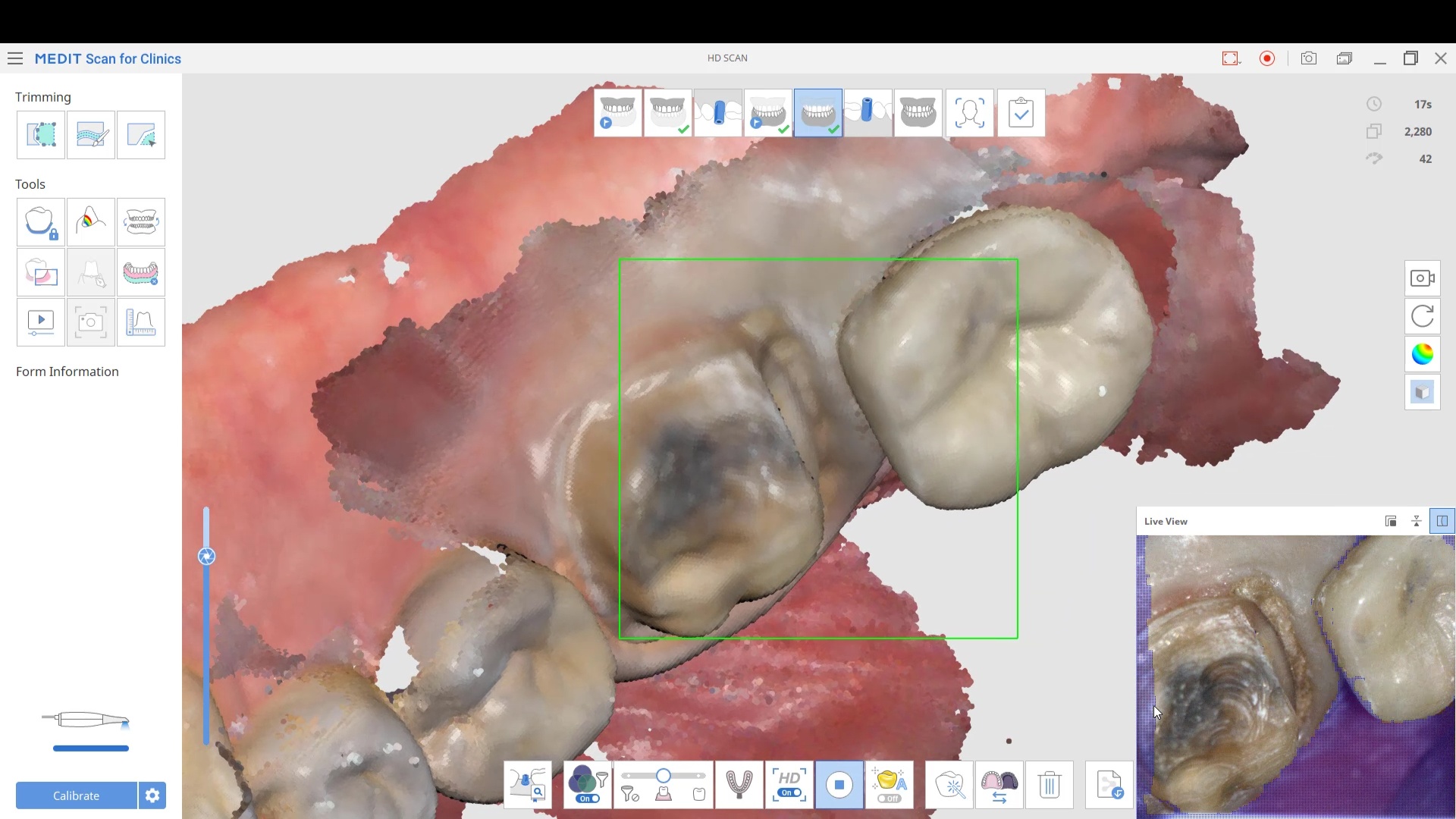


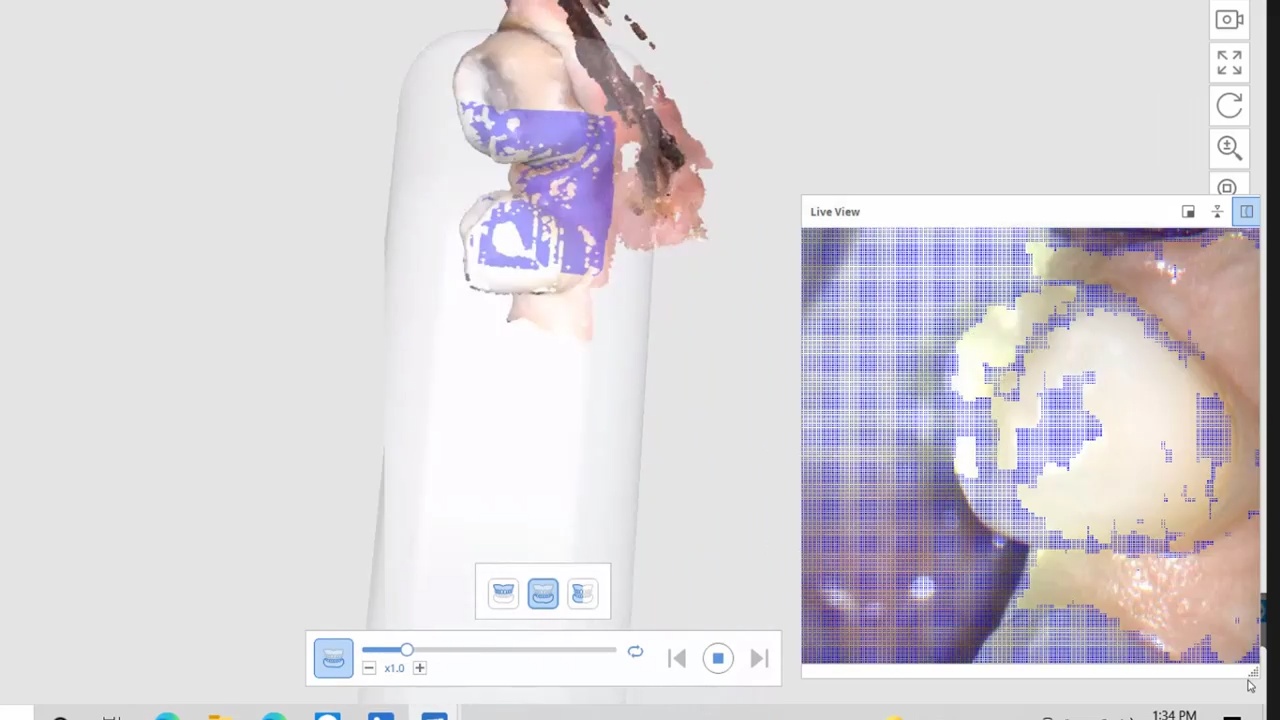

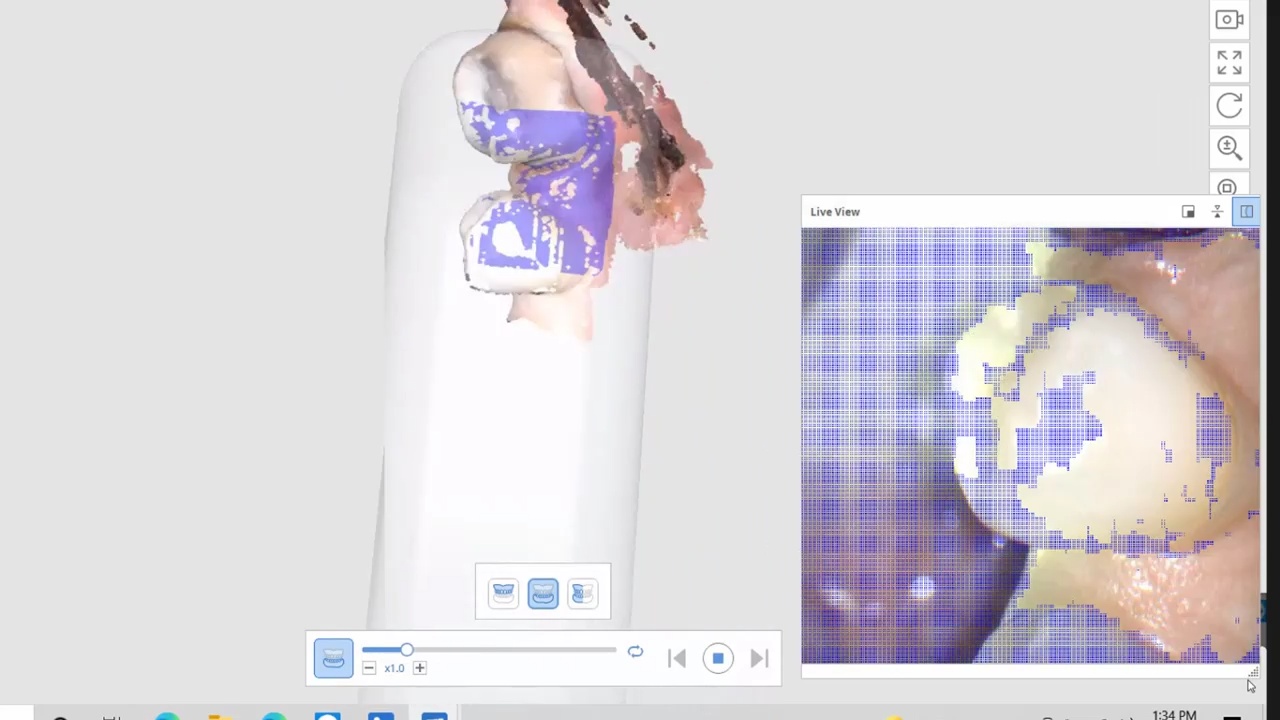
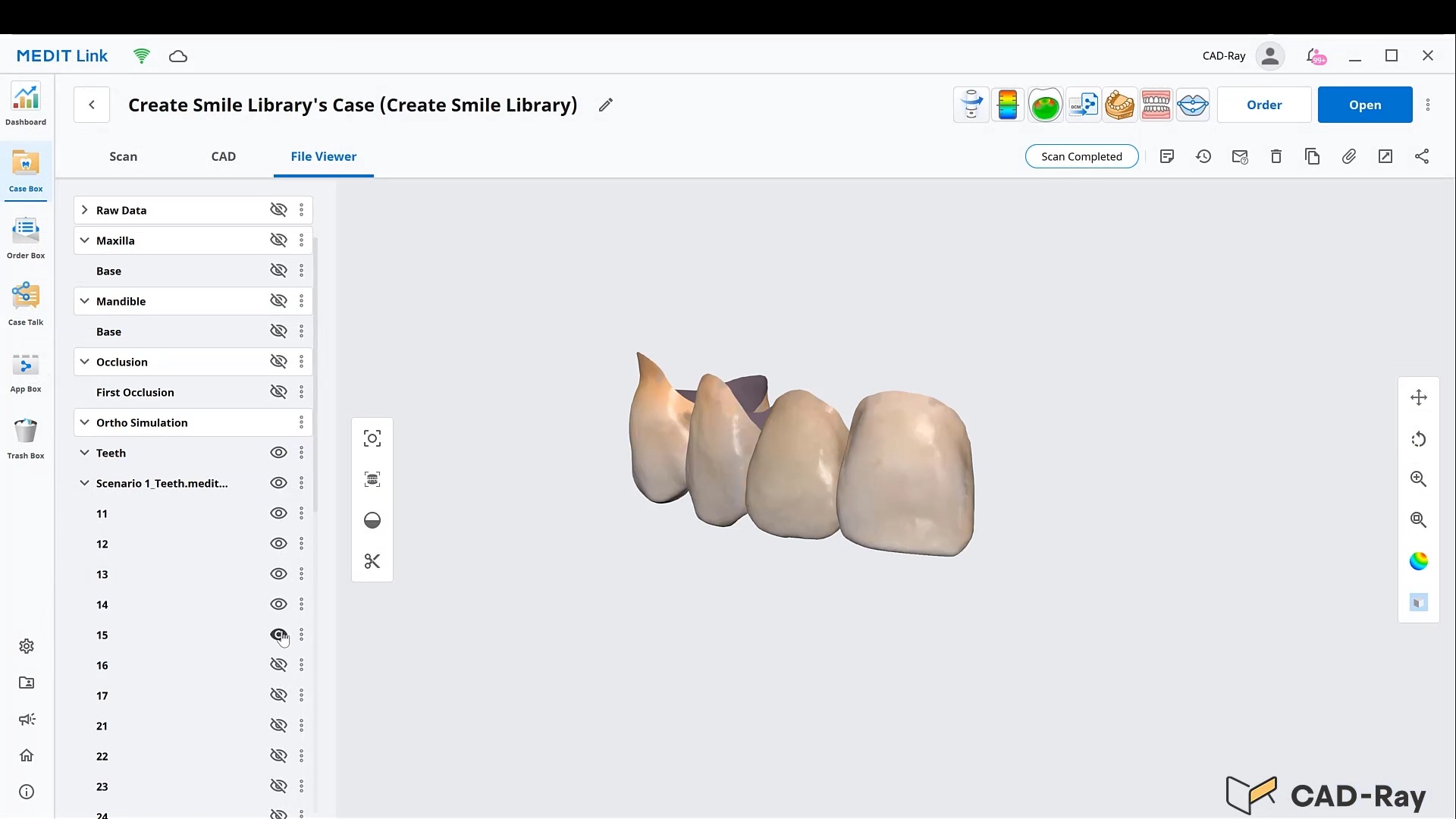
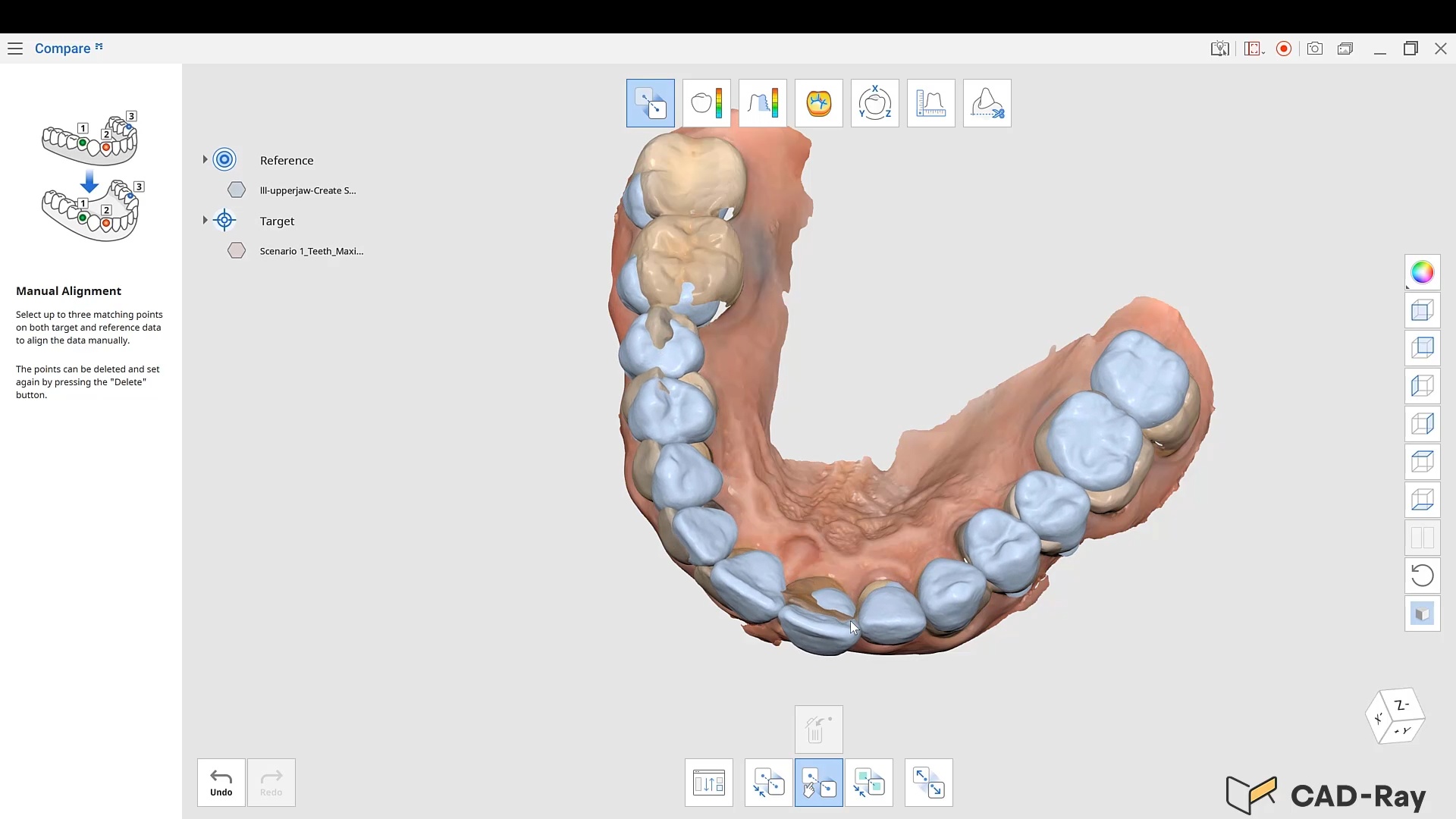
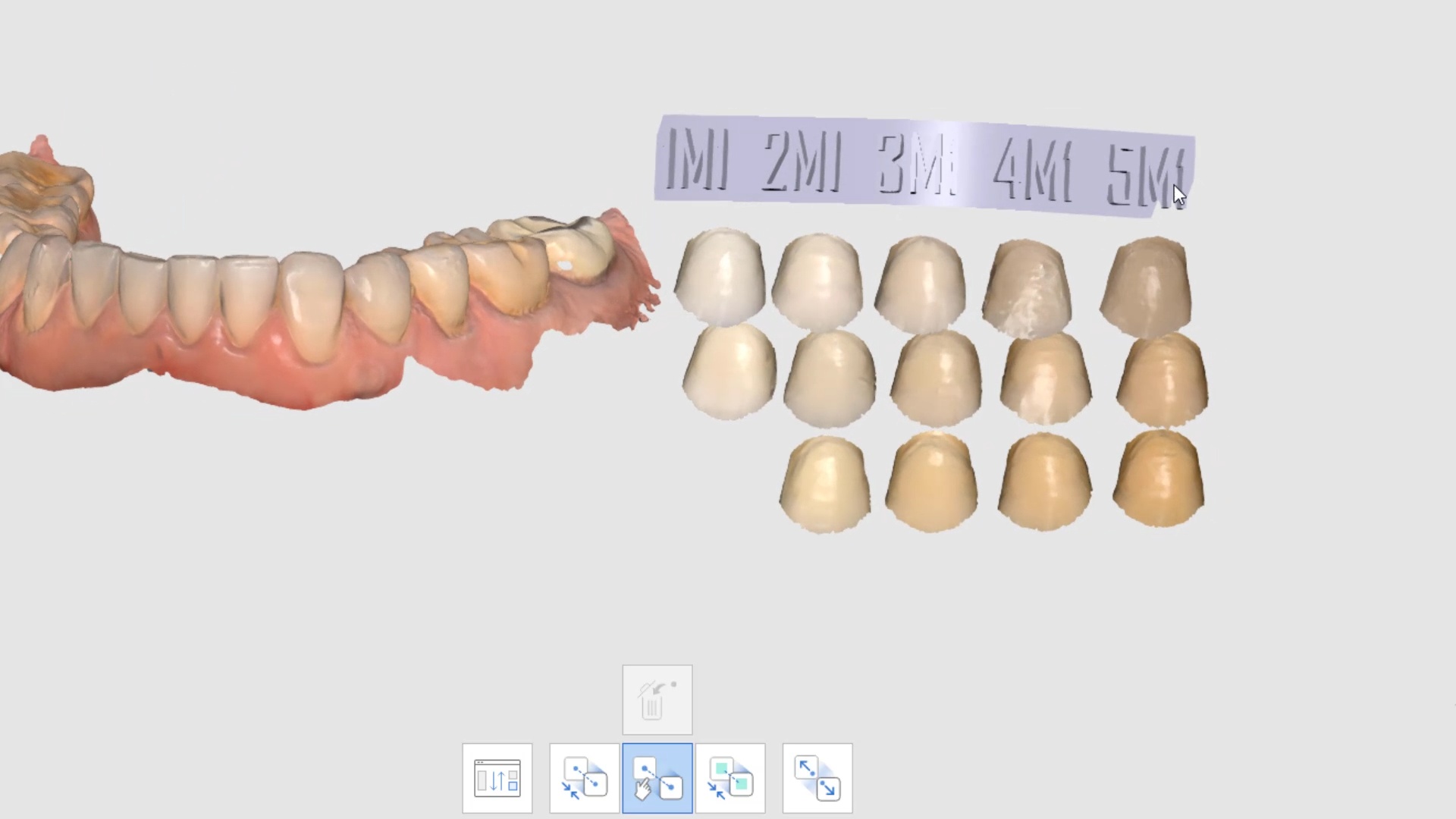
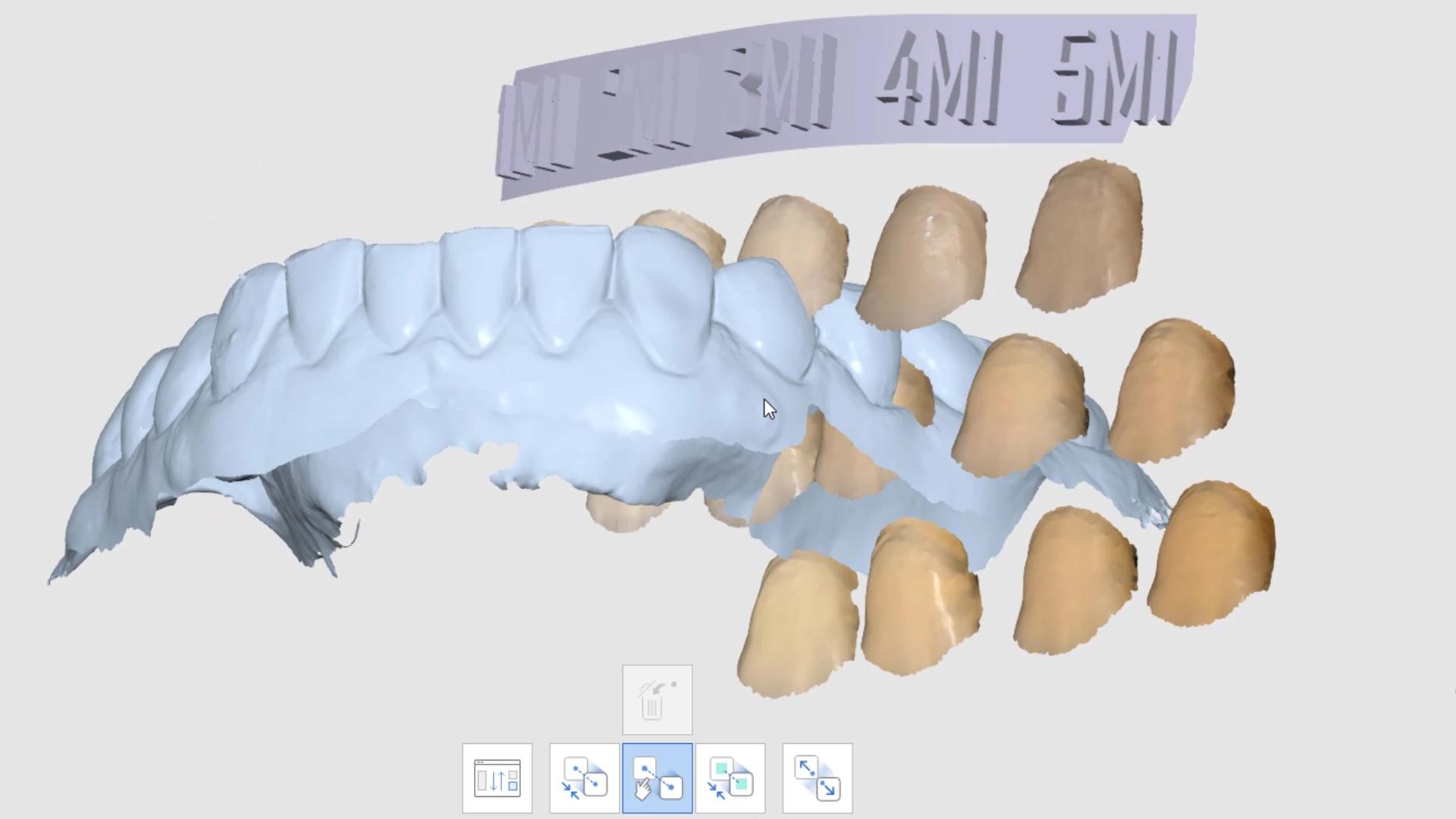
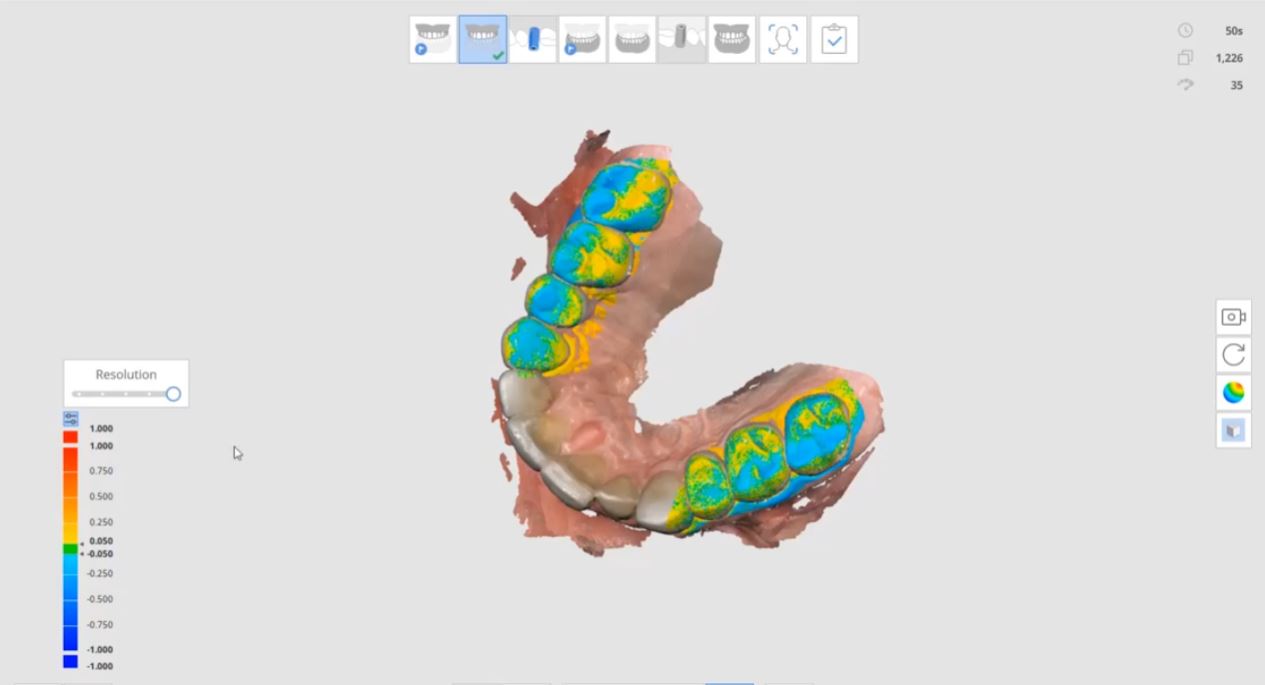
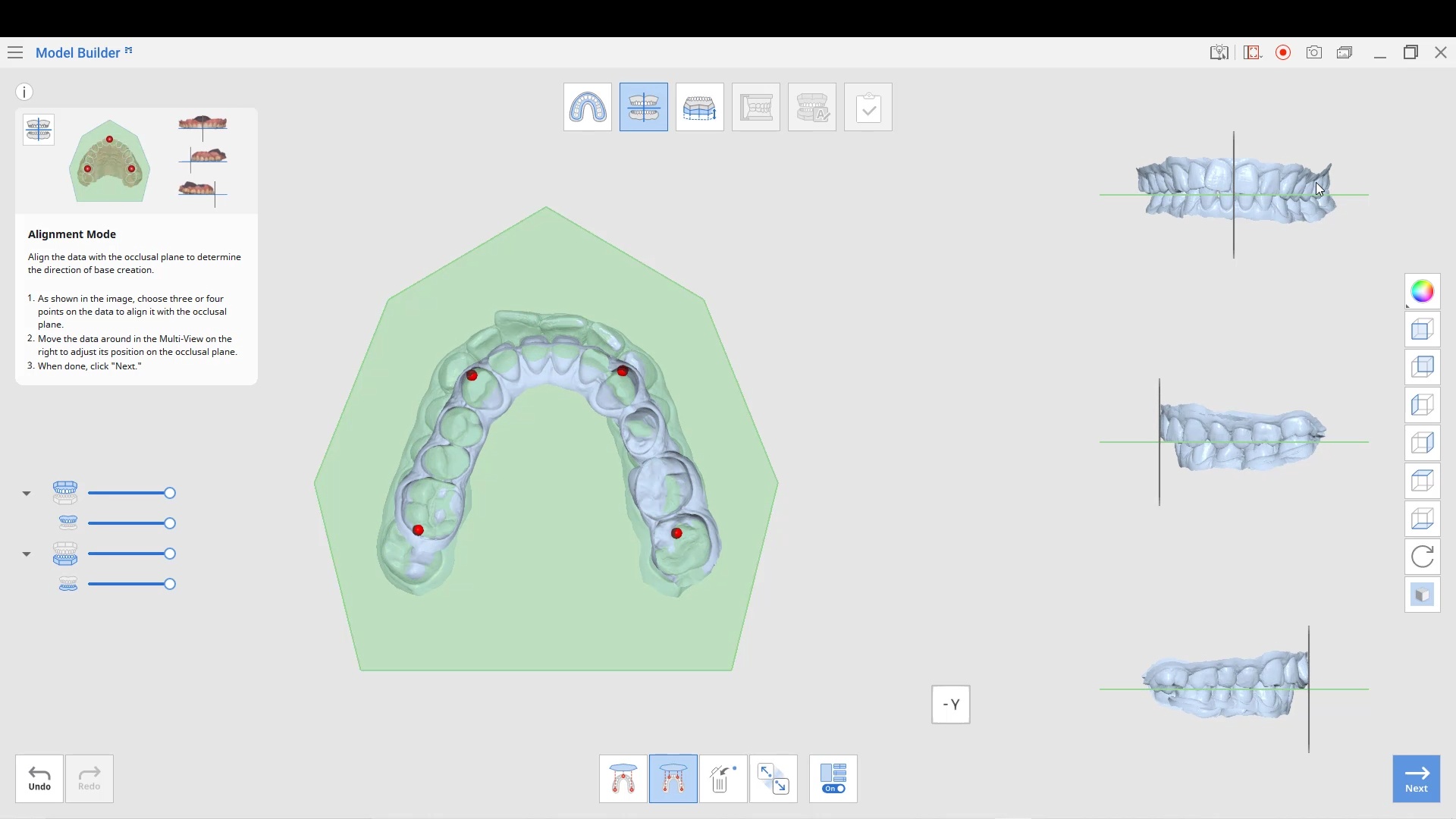
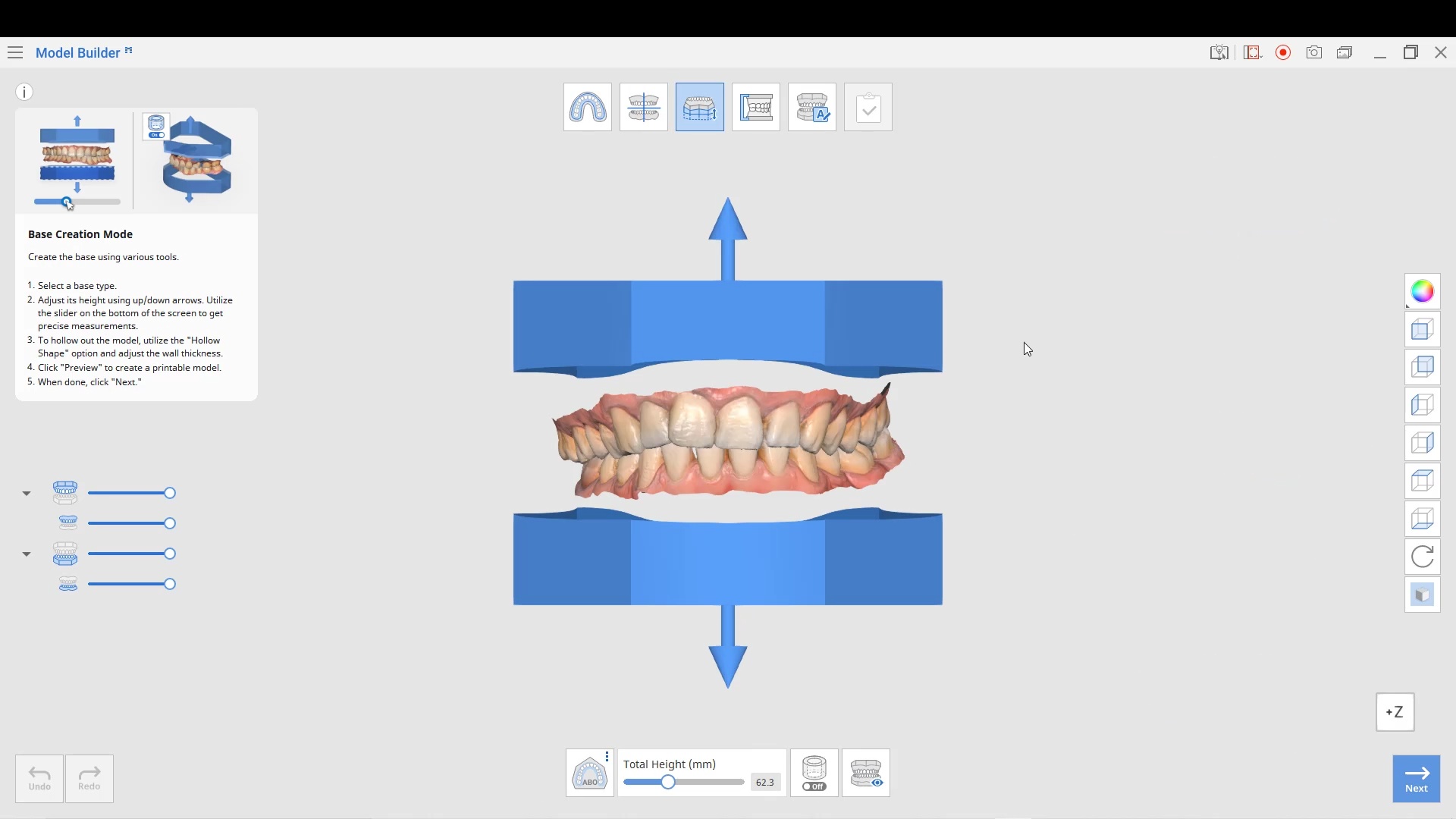
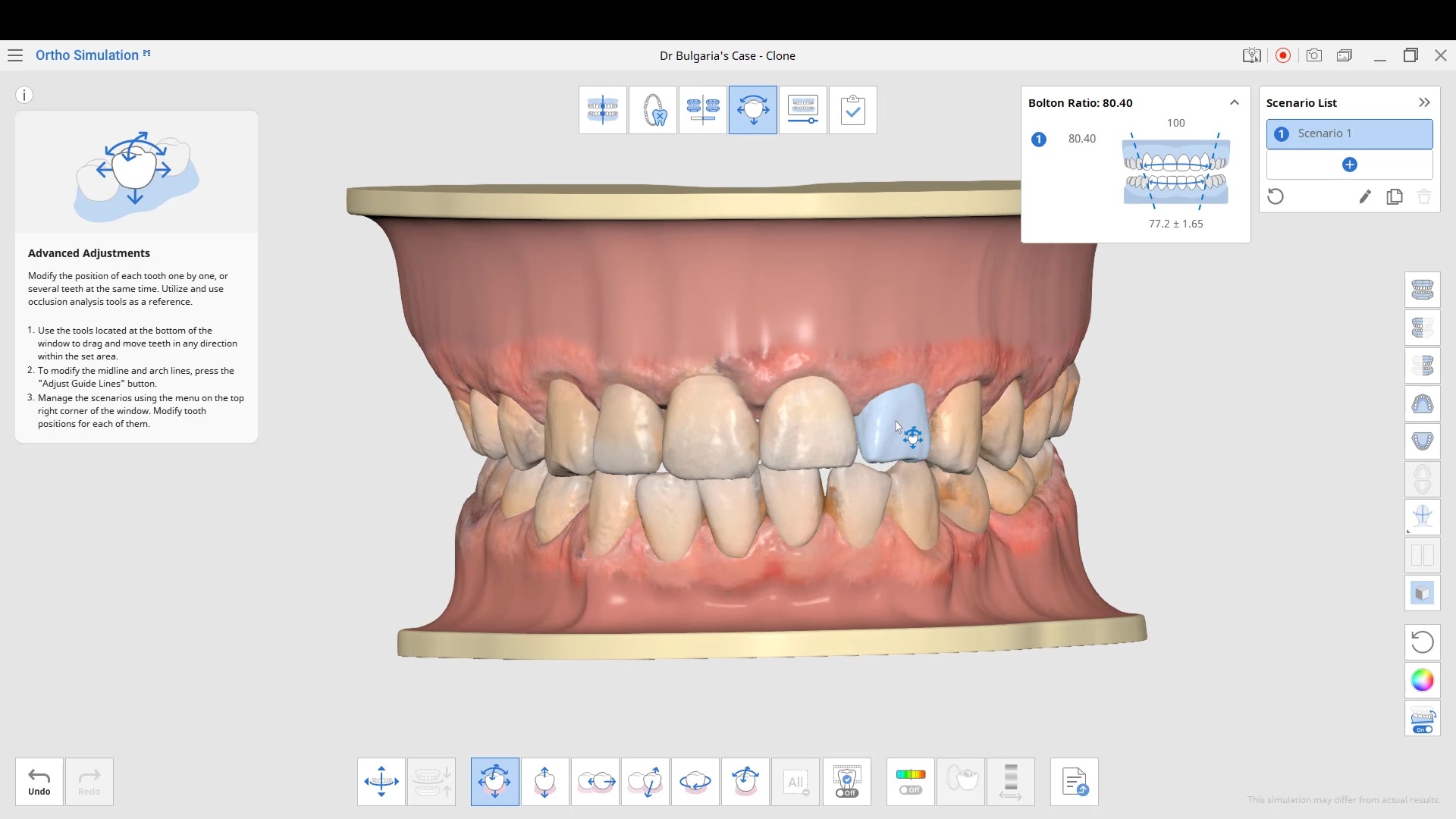

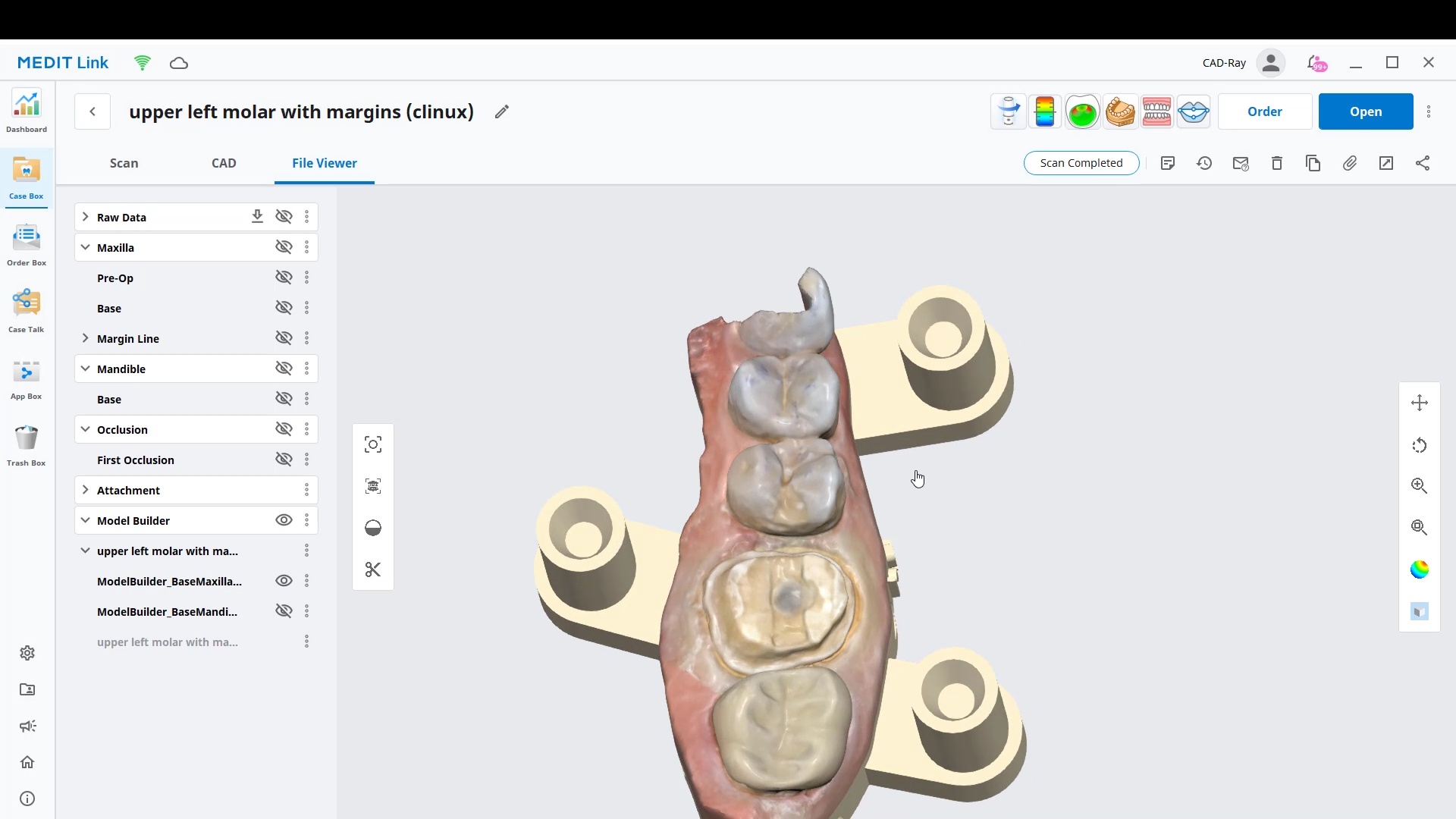
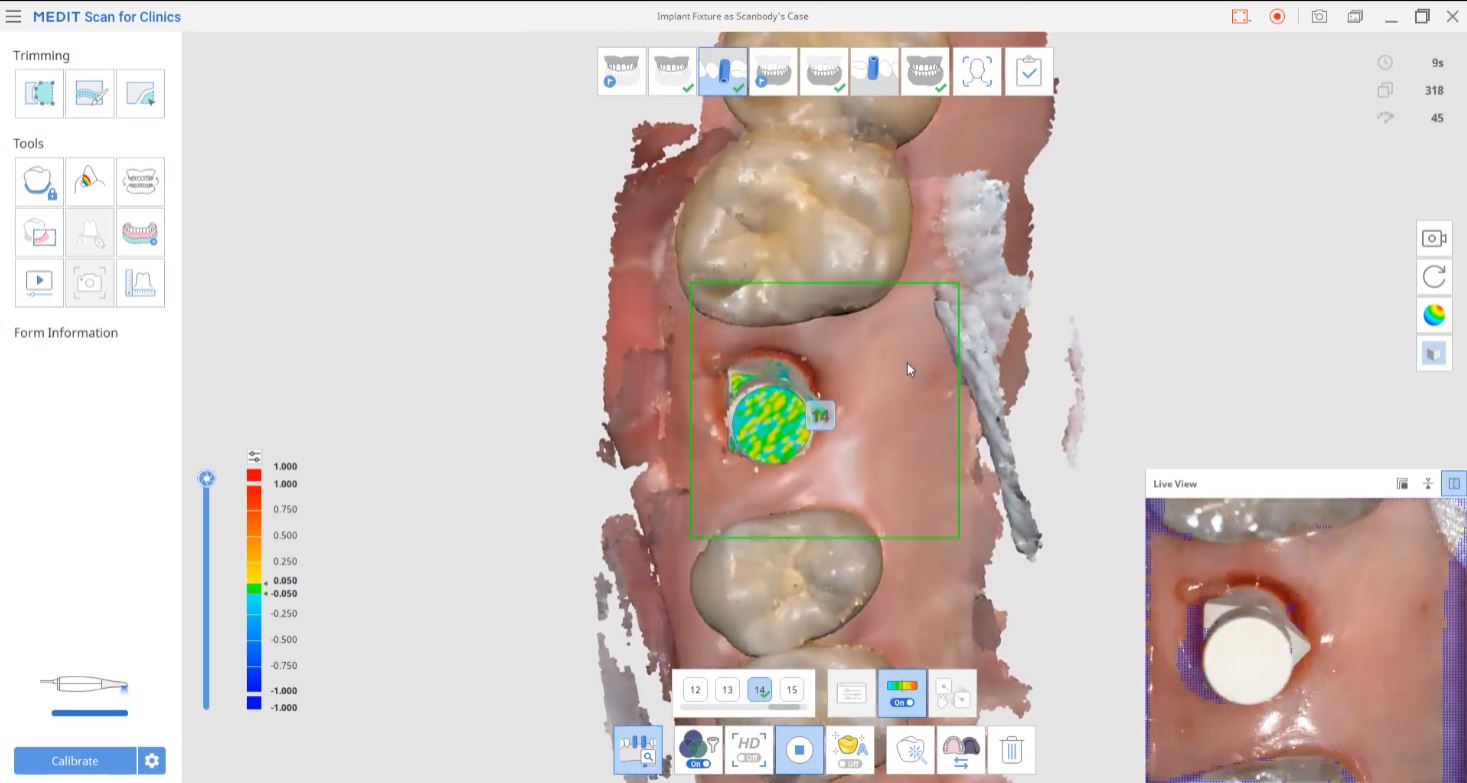
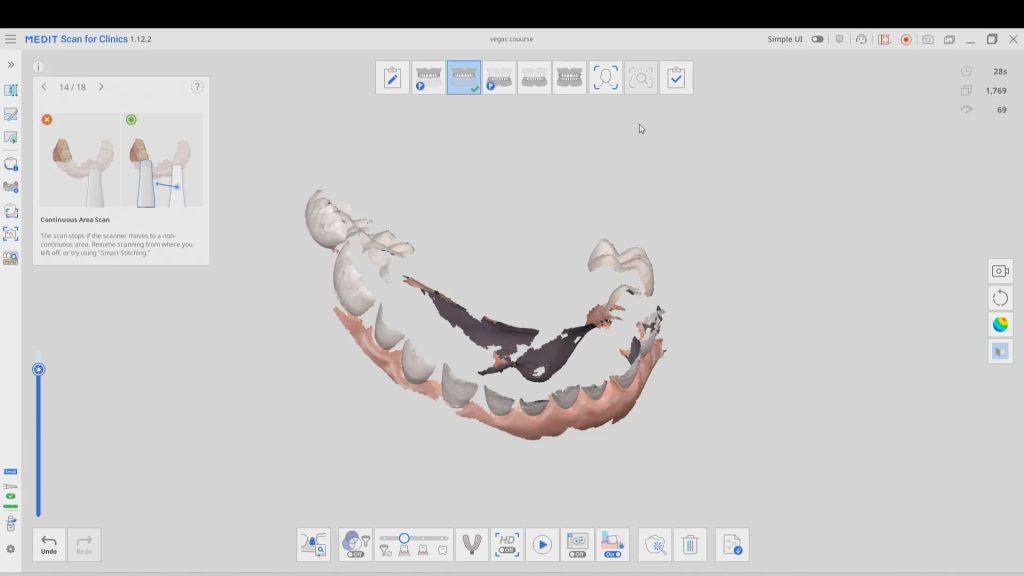
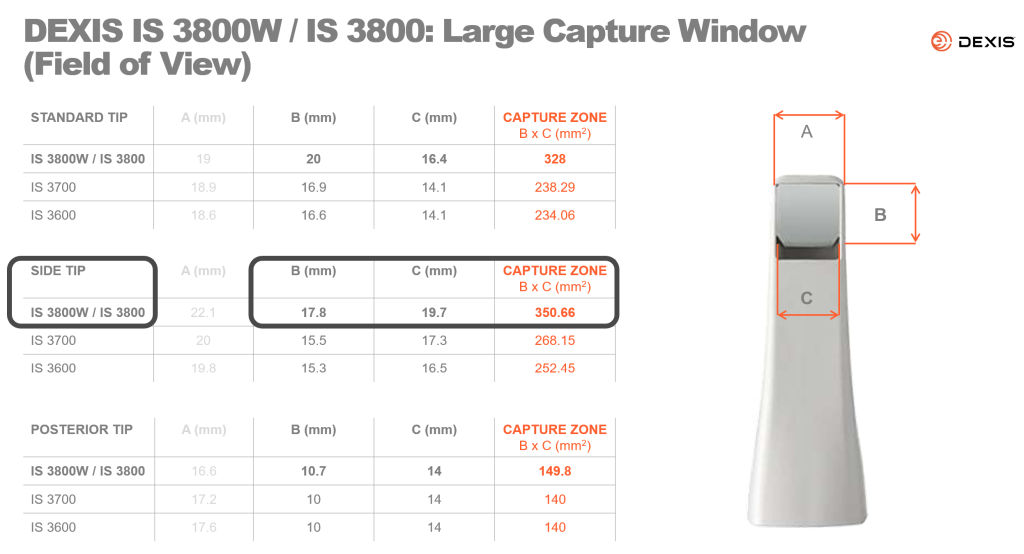
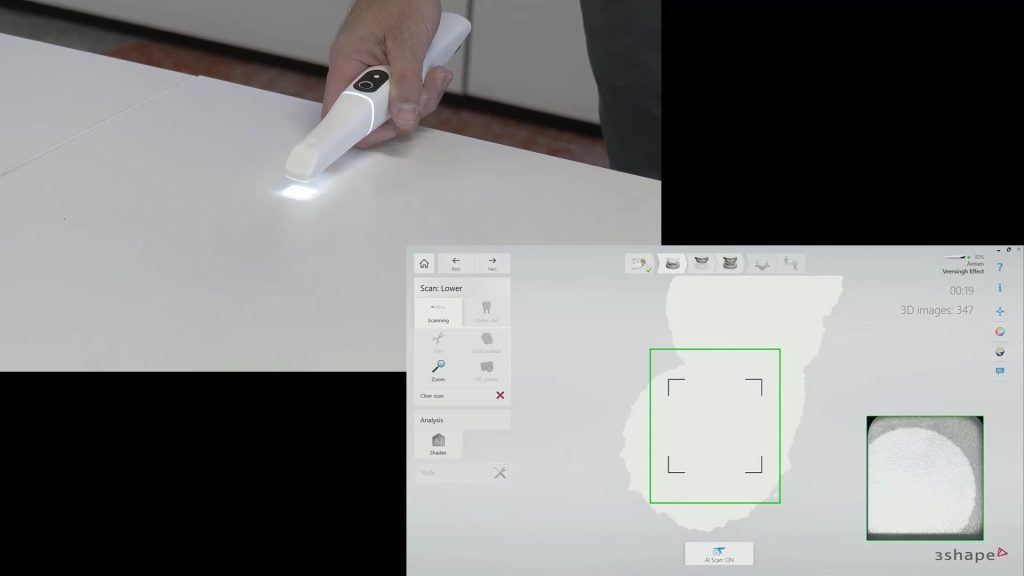

You must be logged in to post a comment.